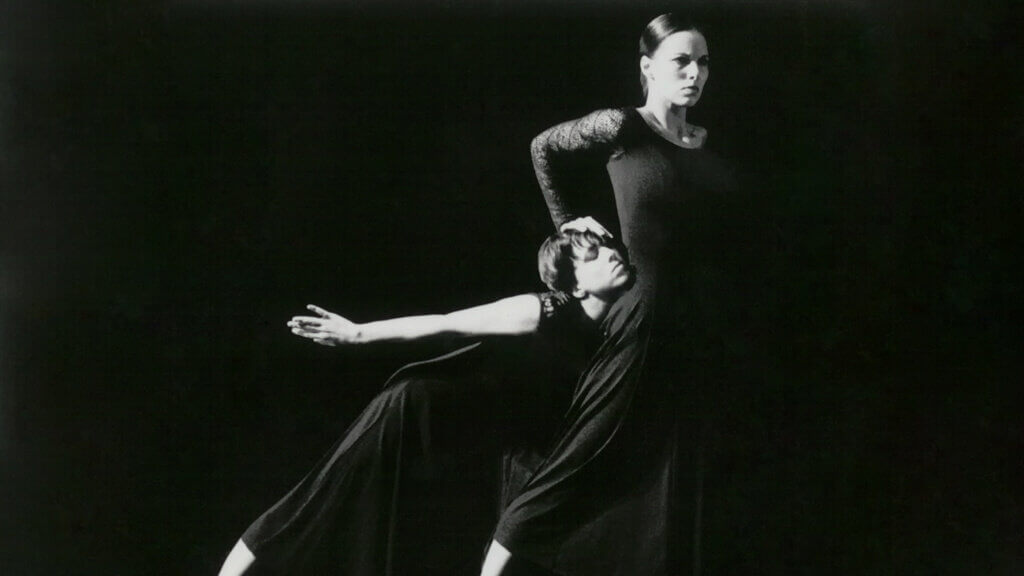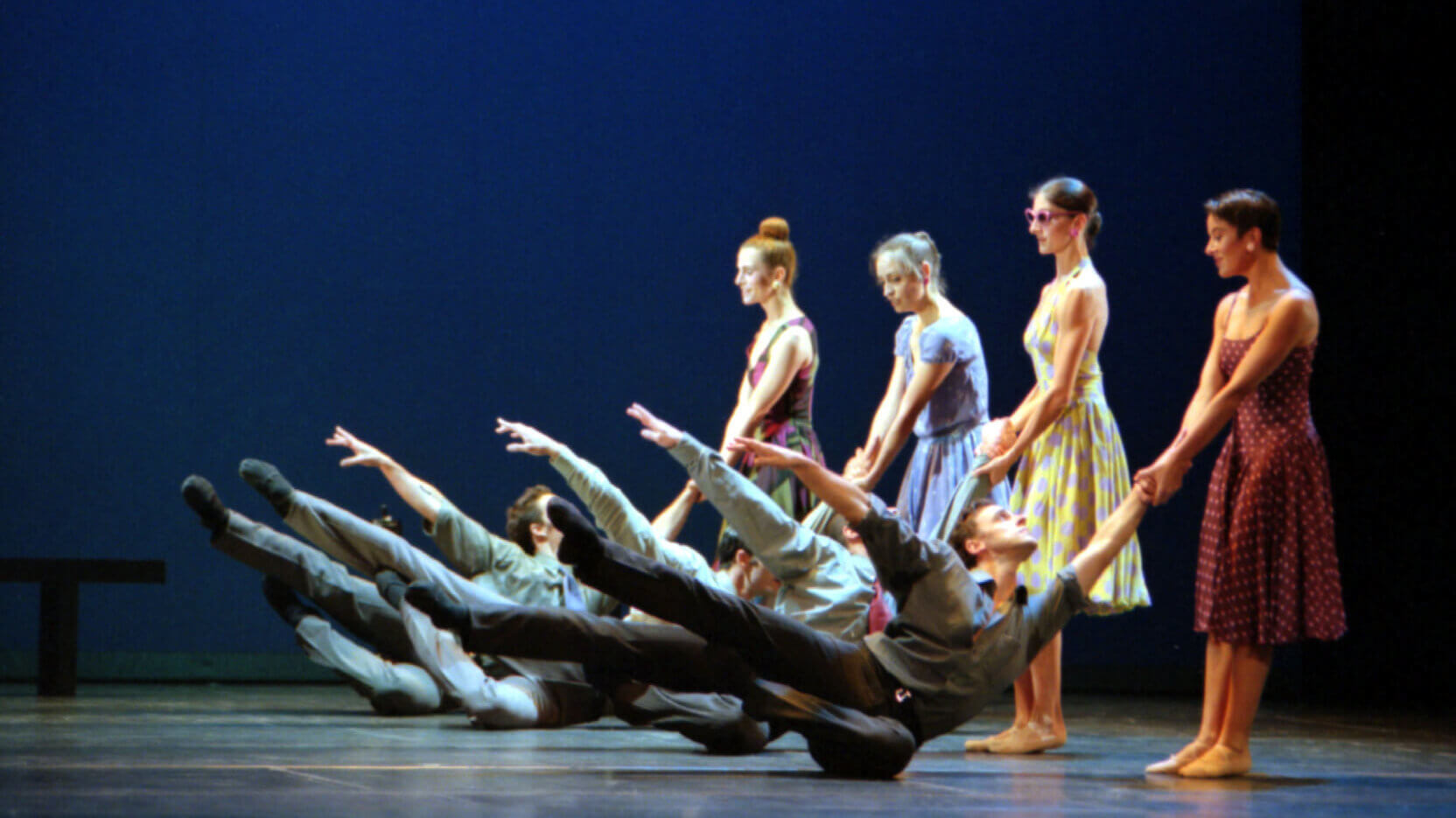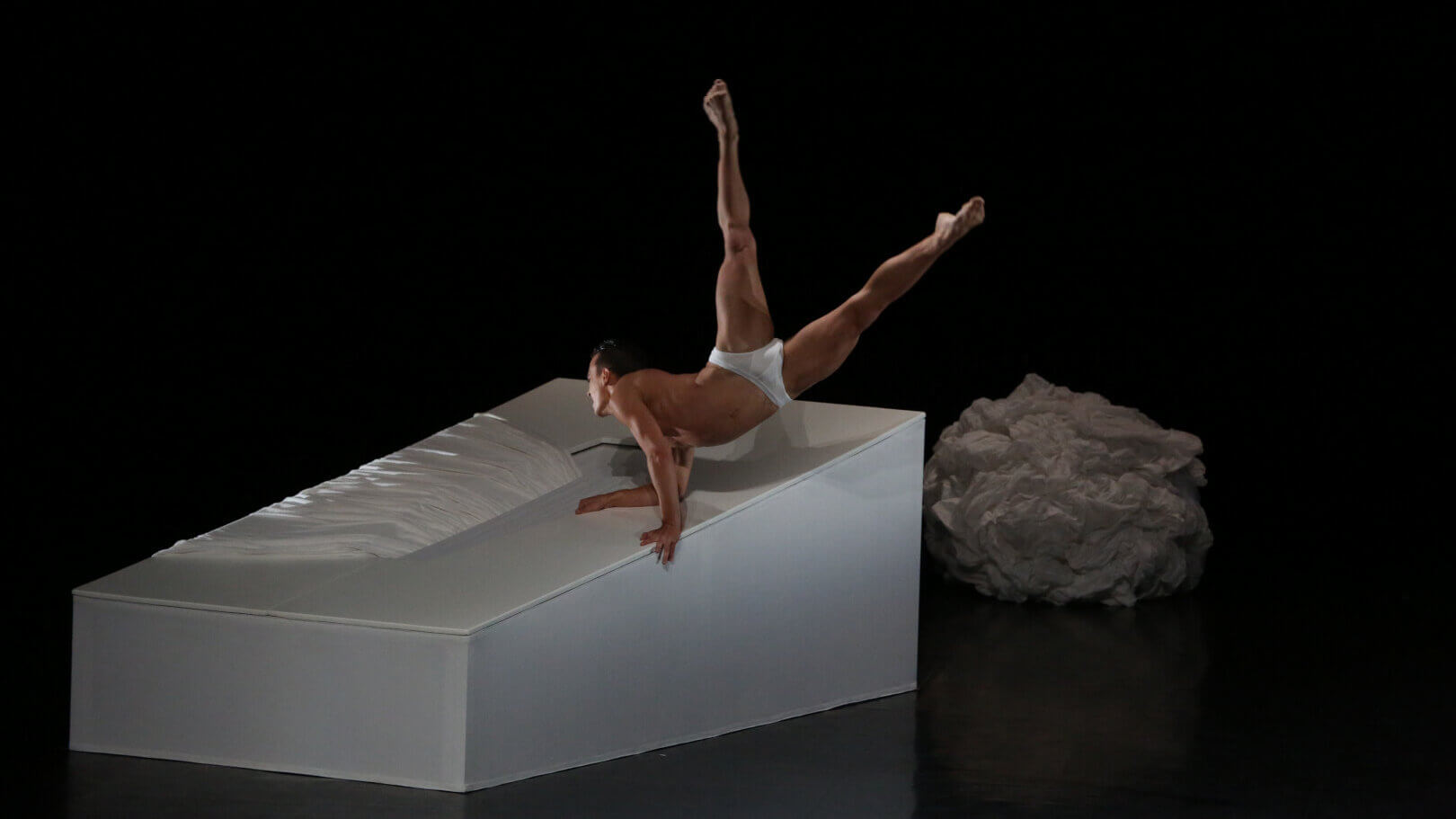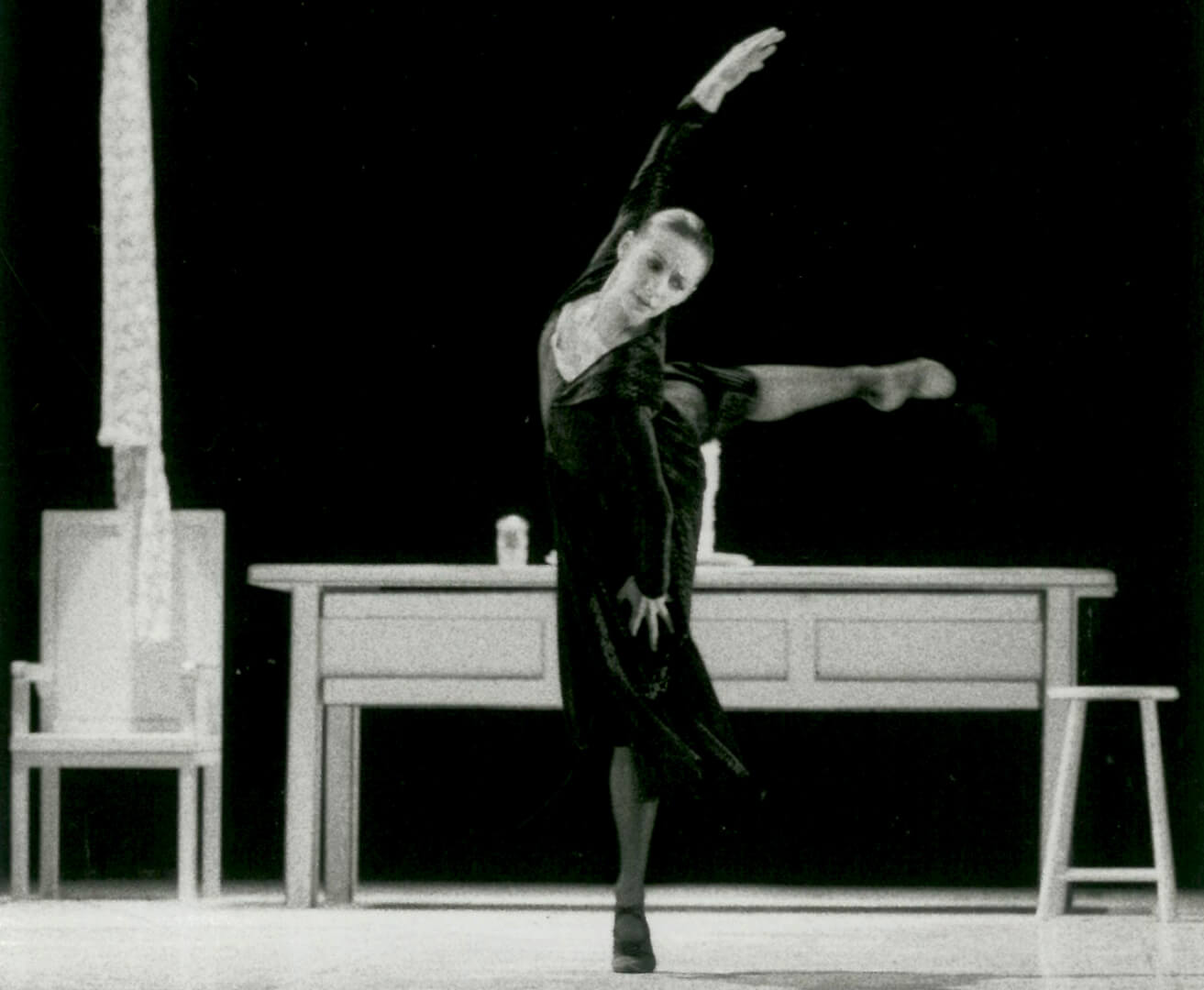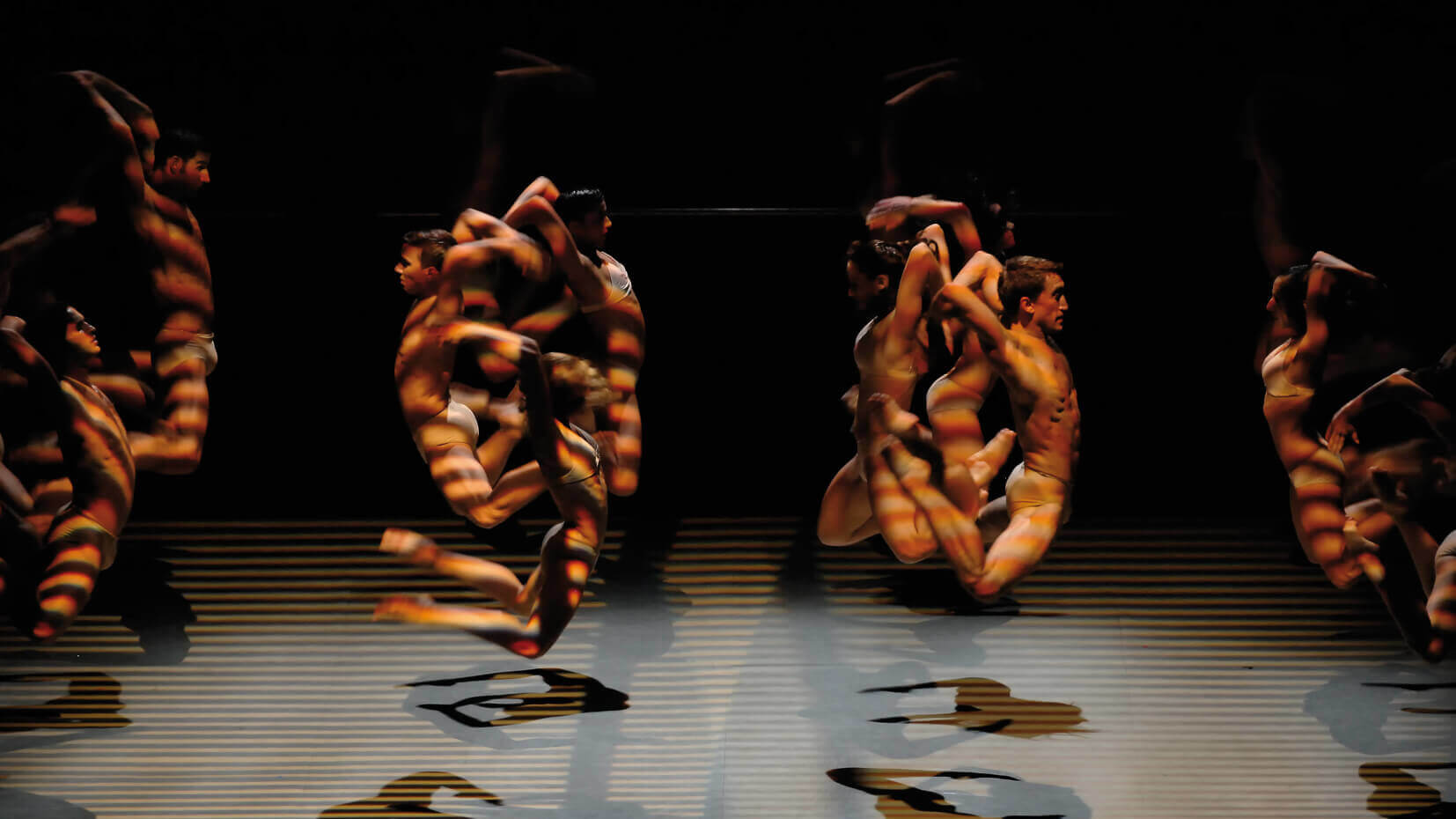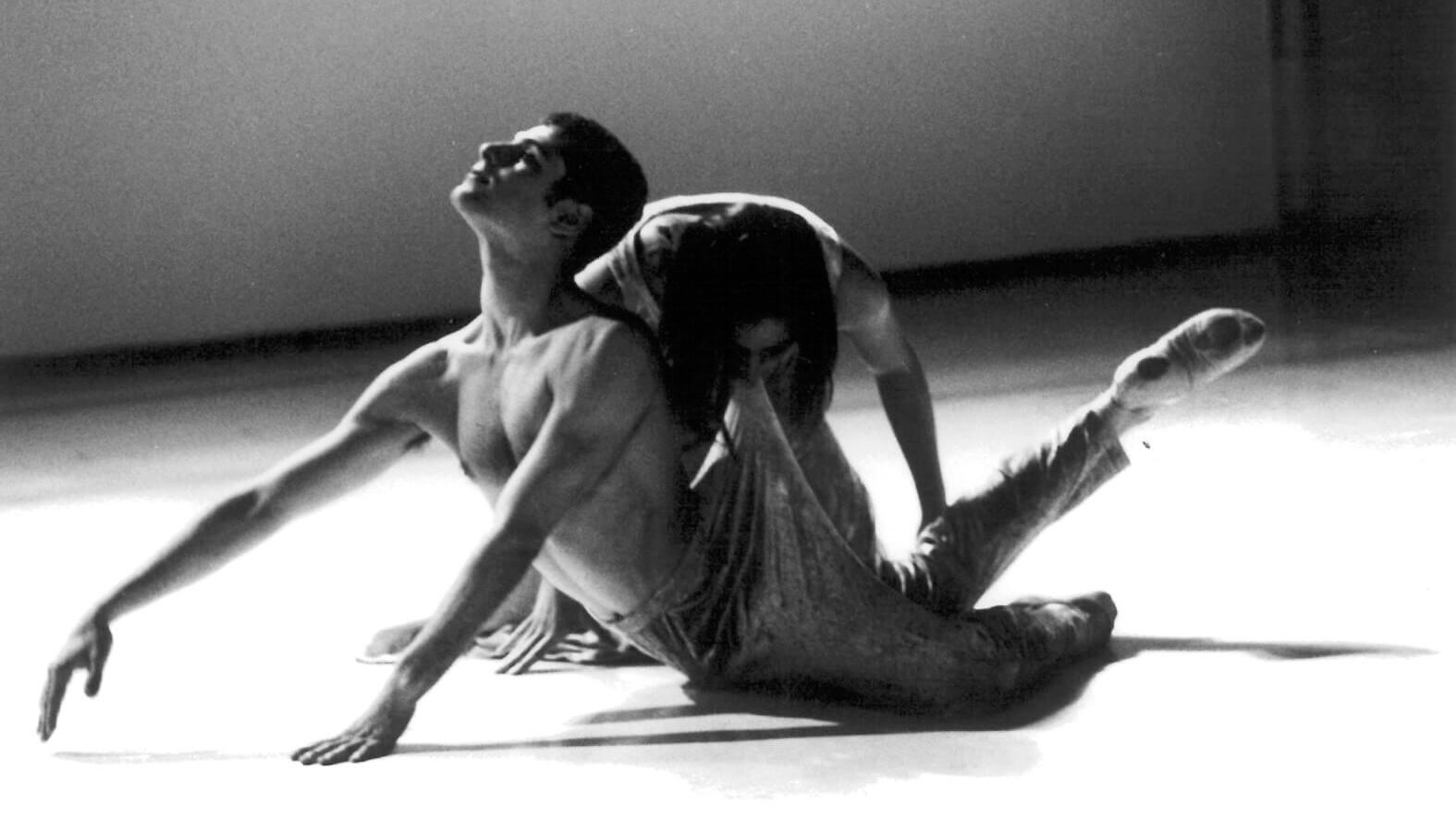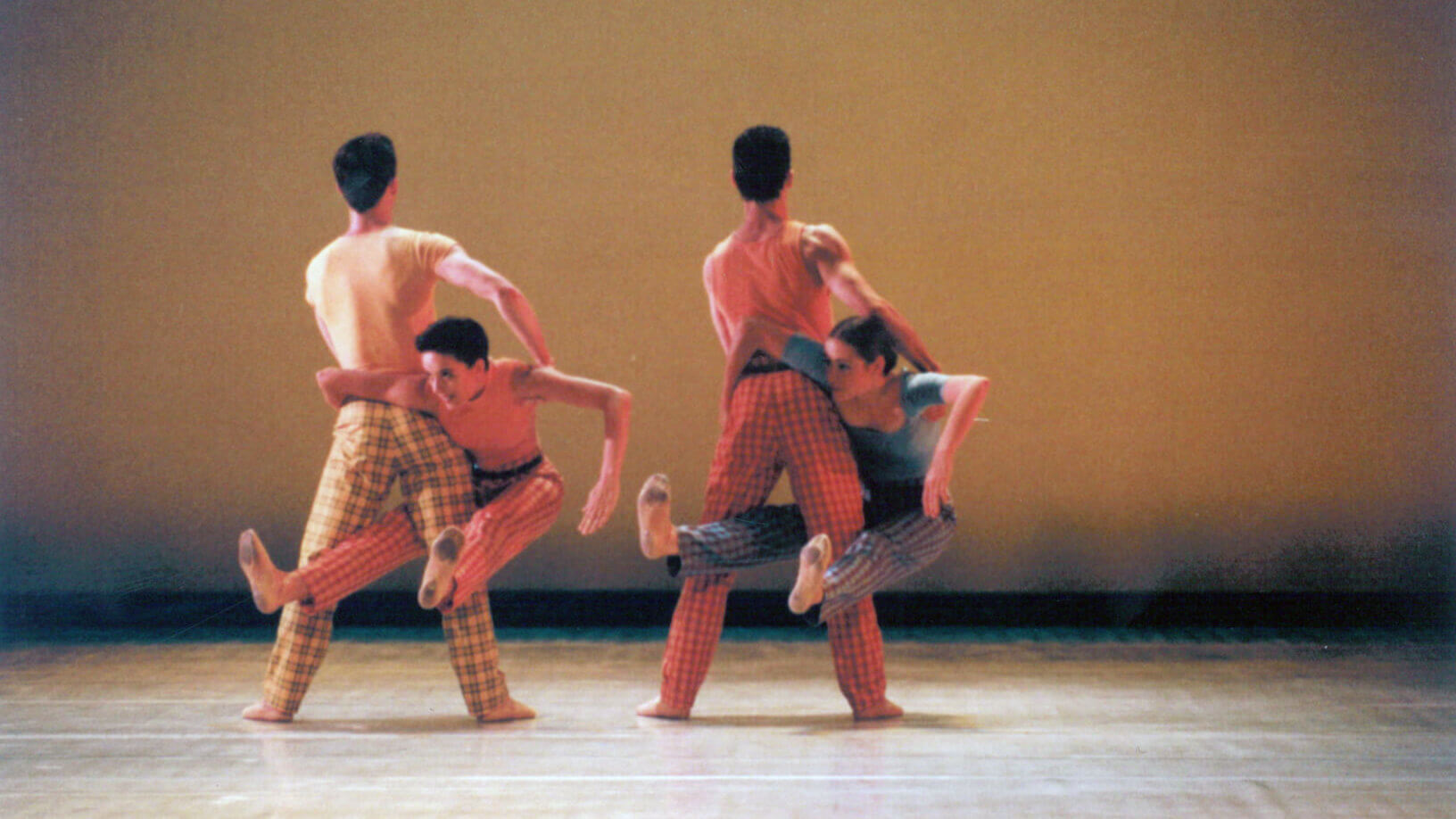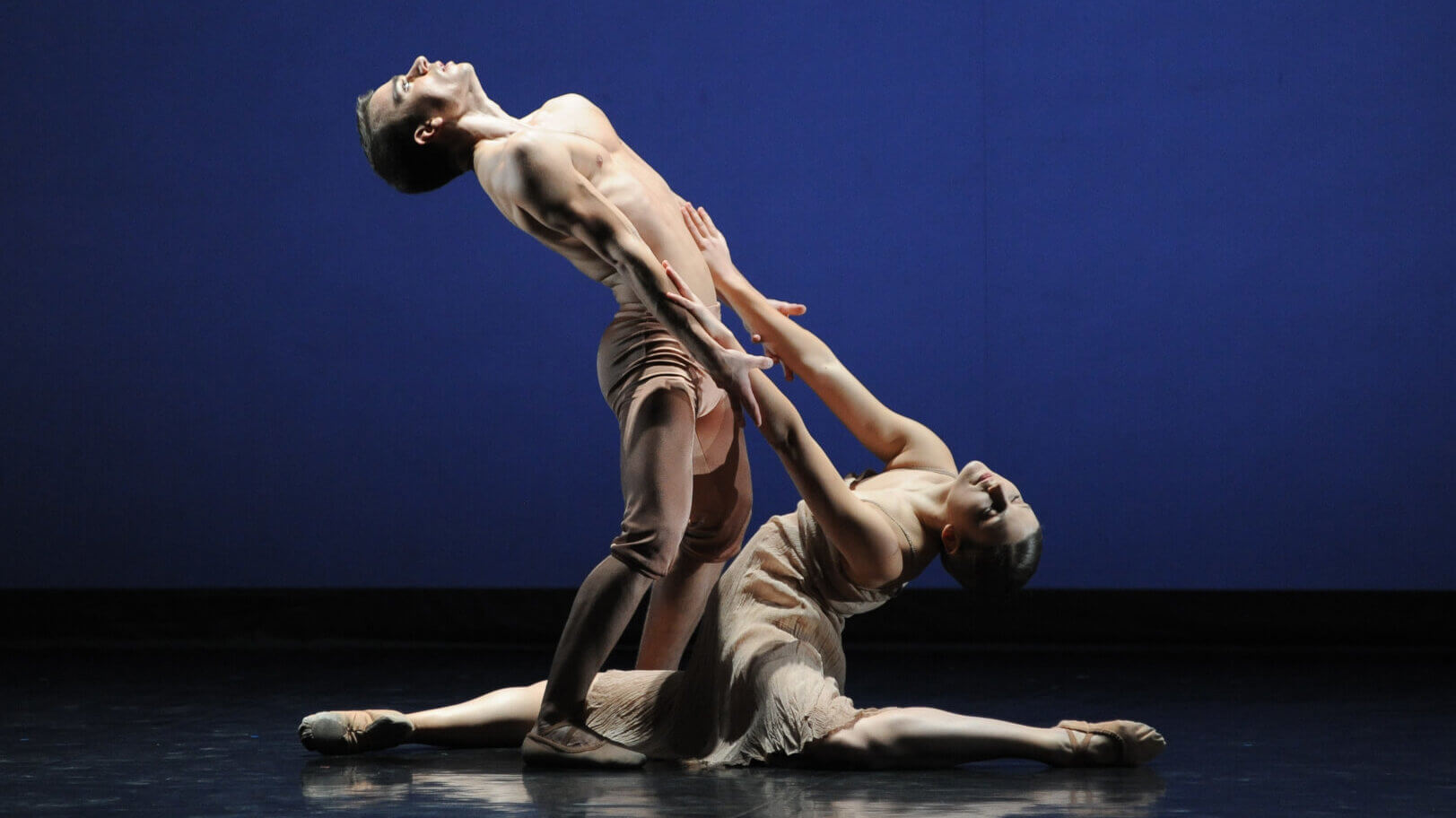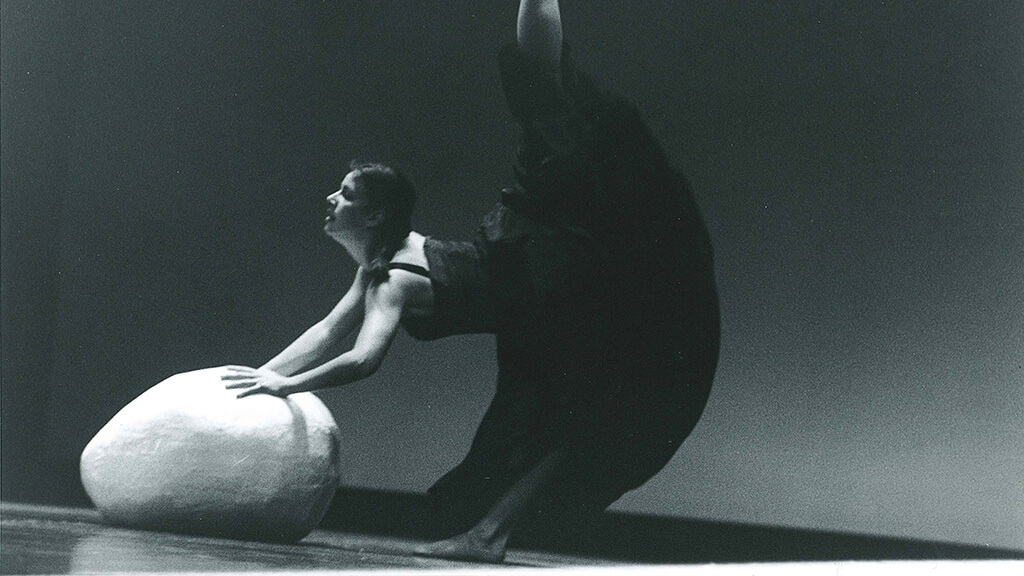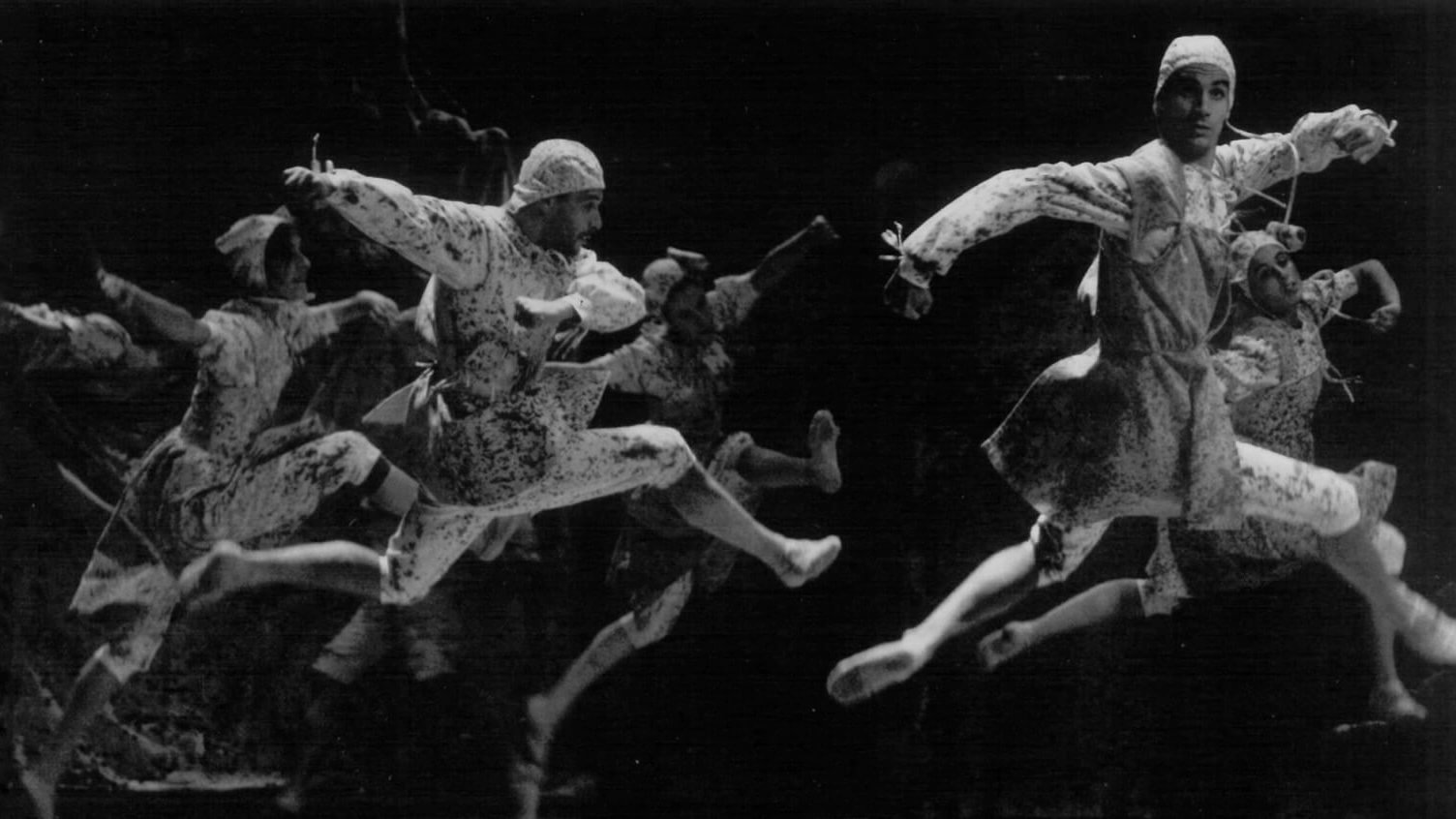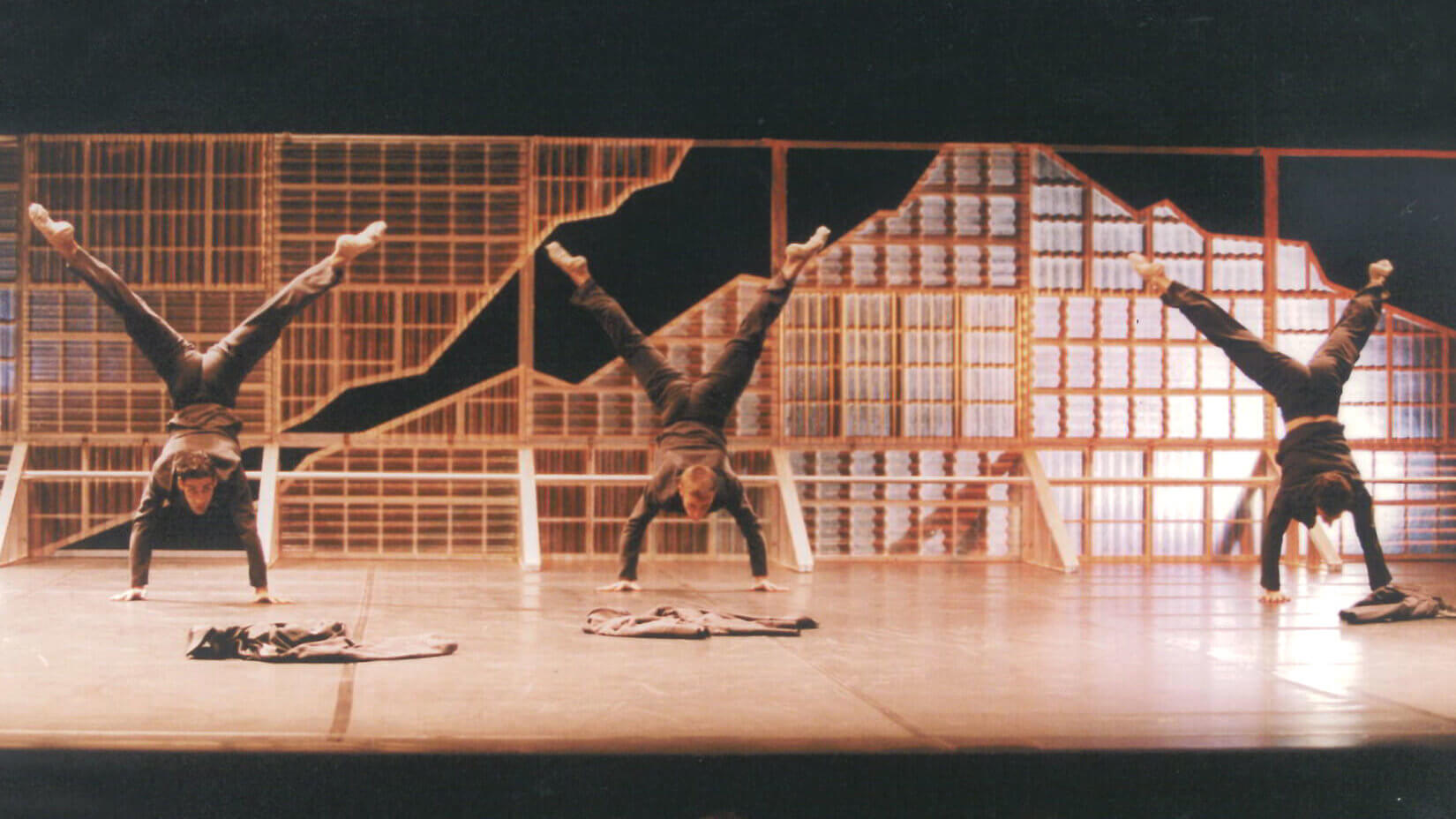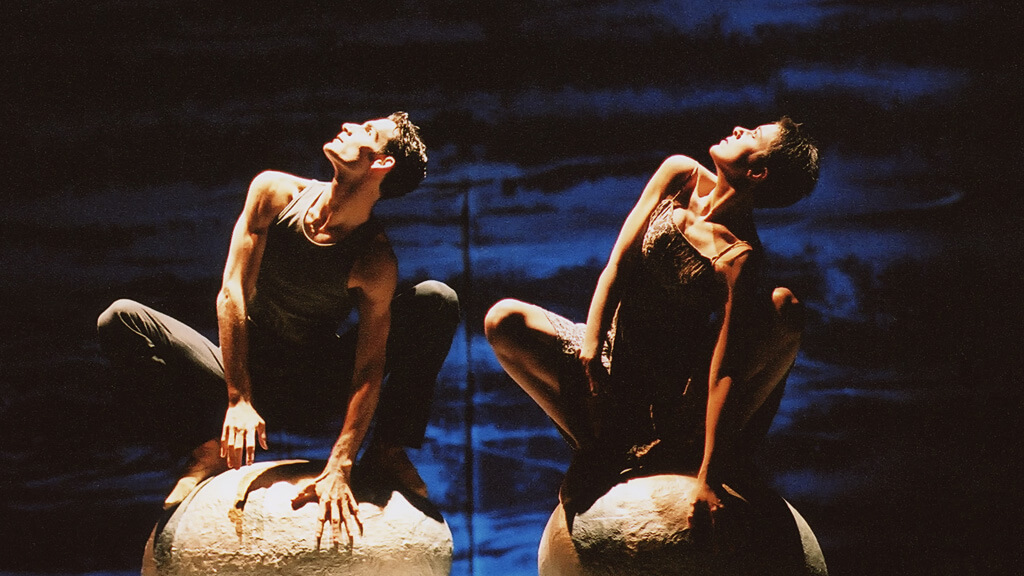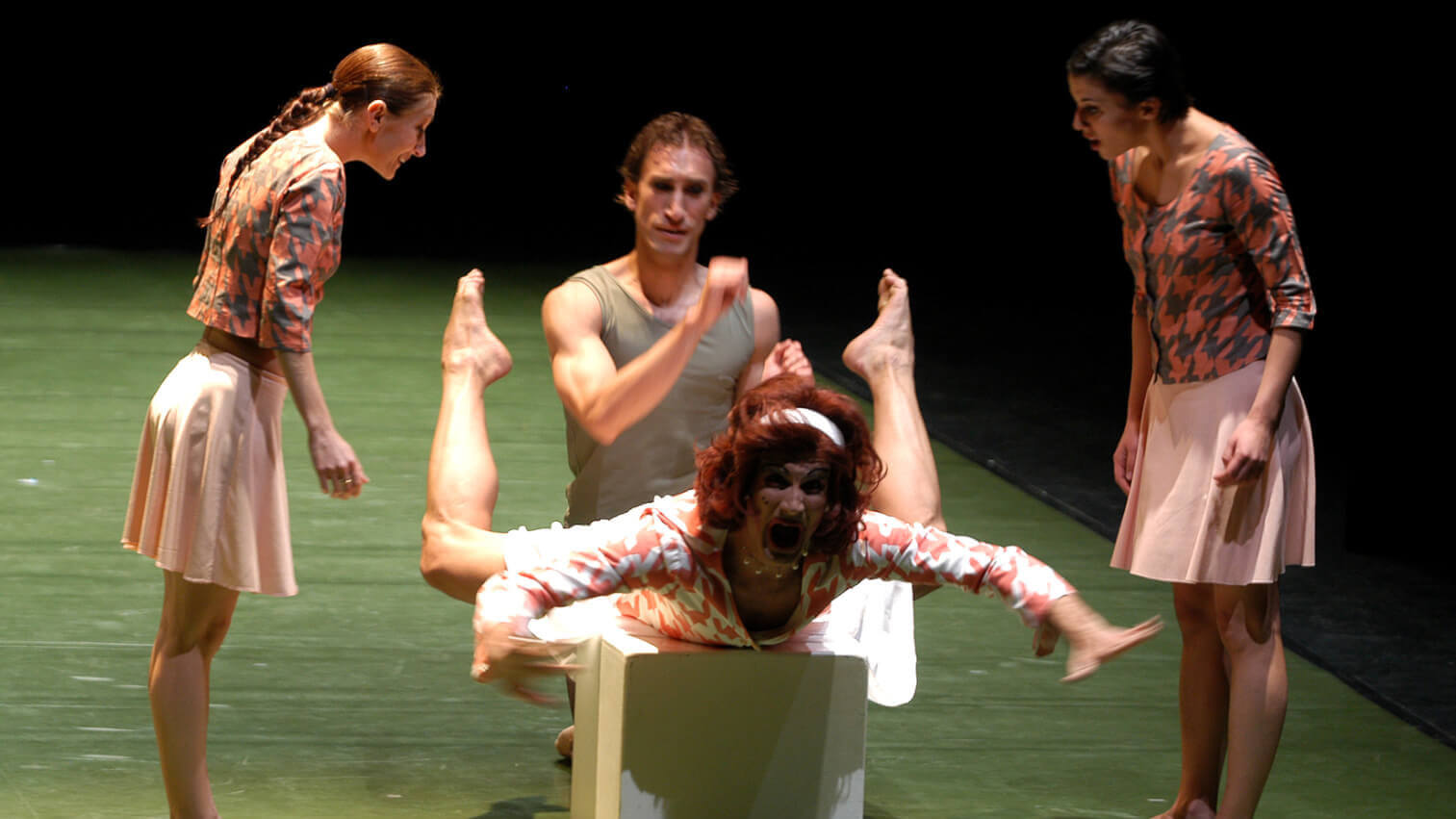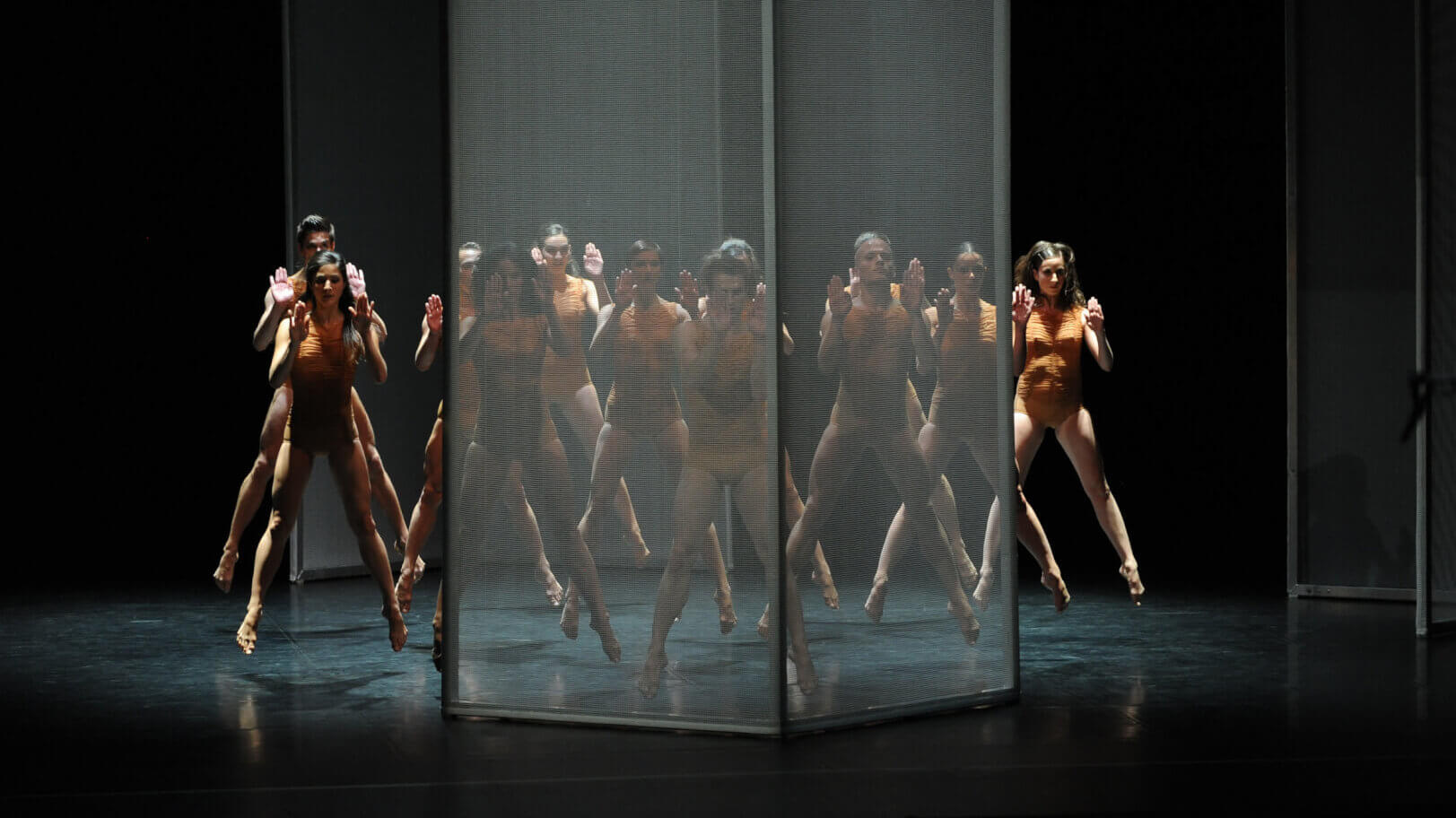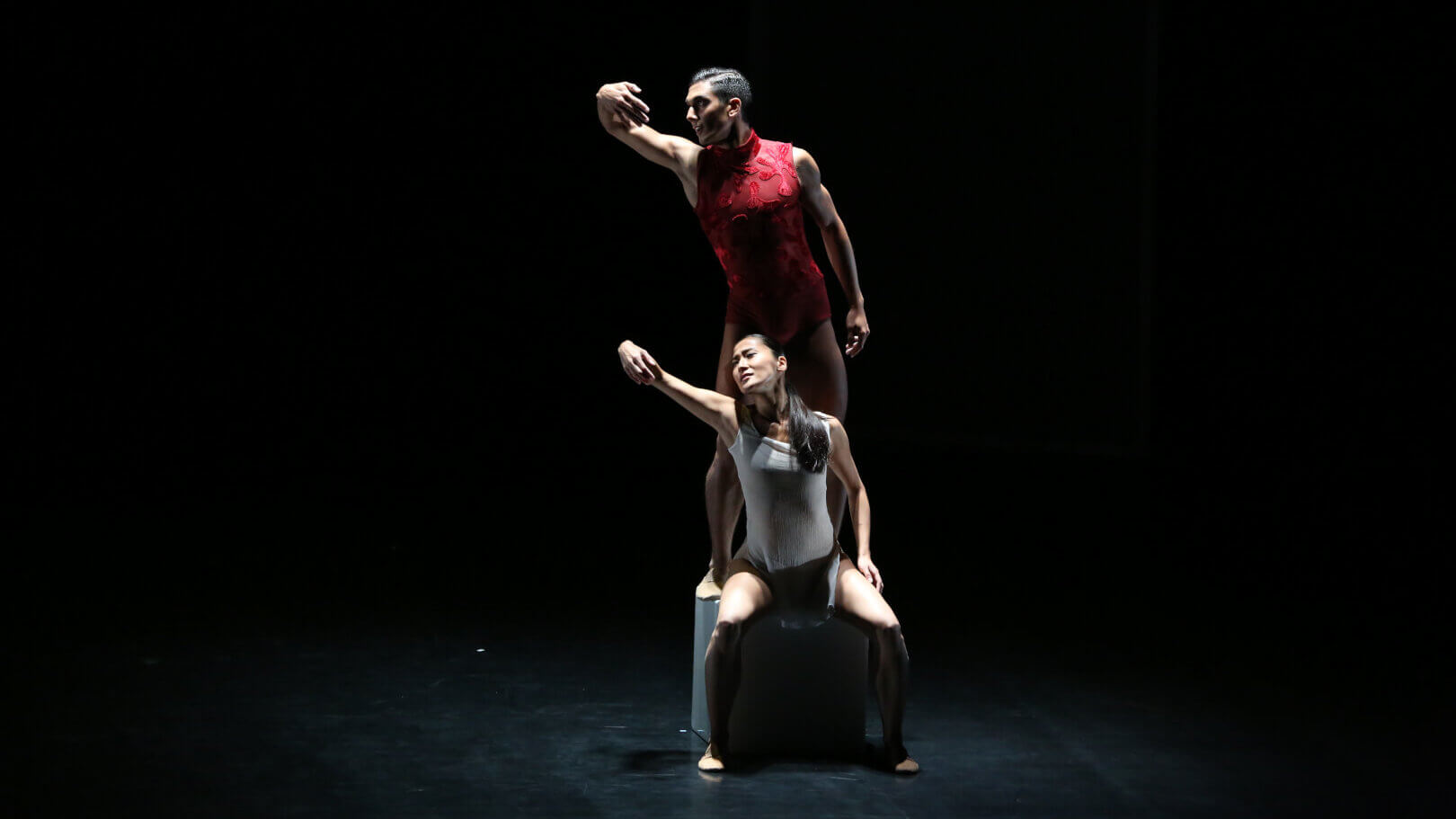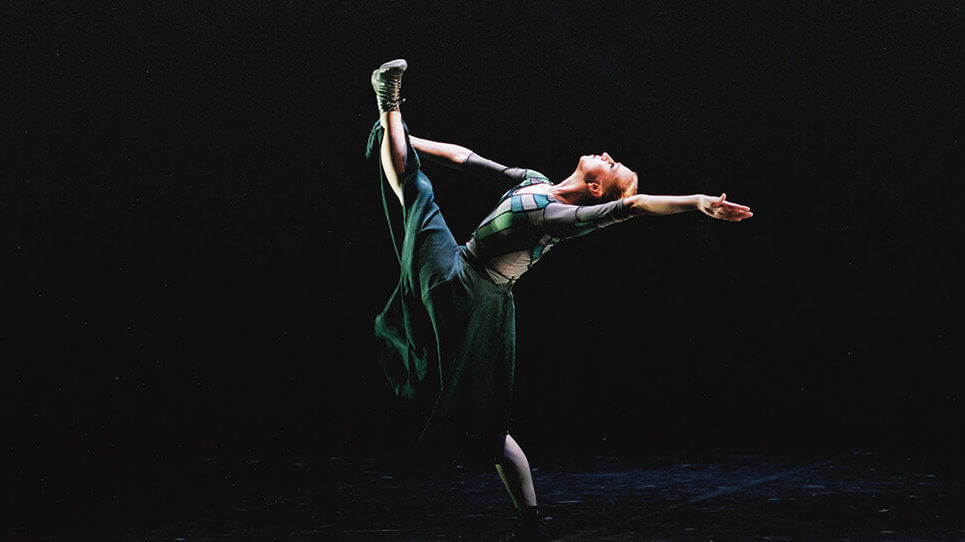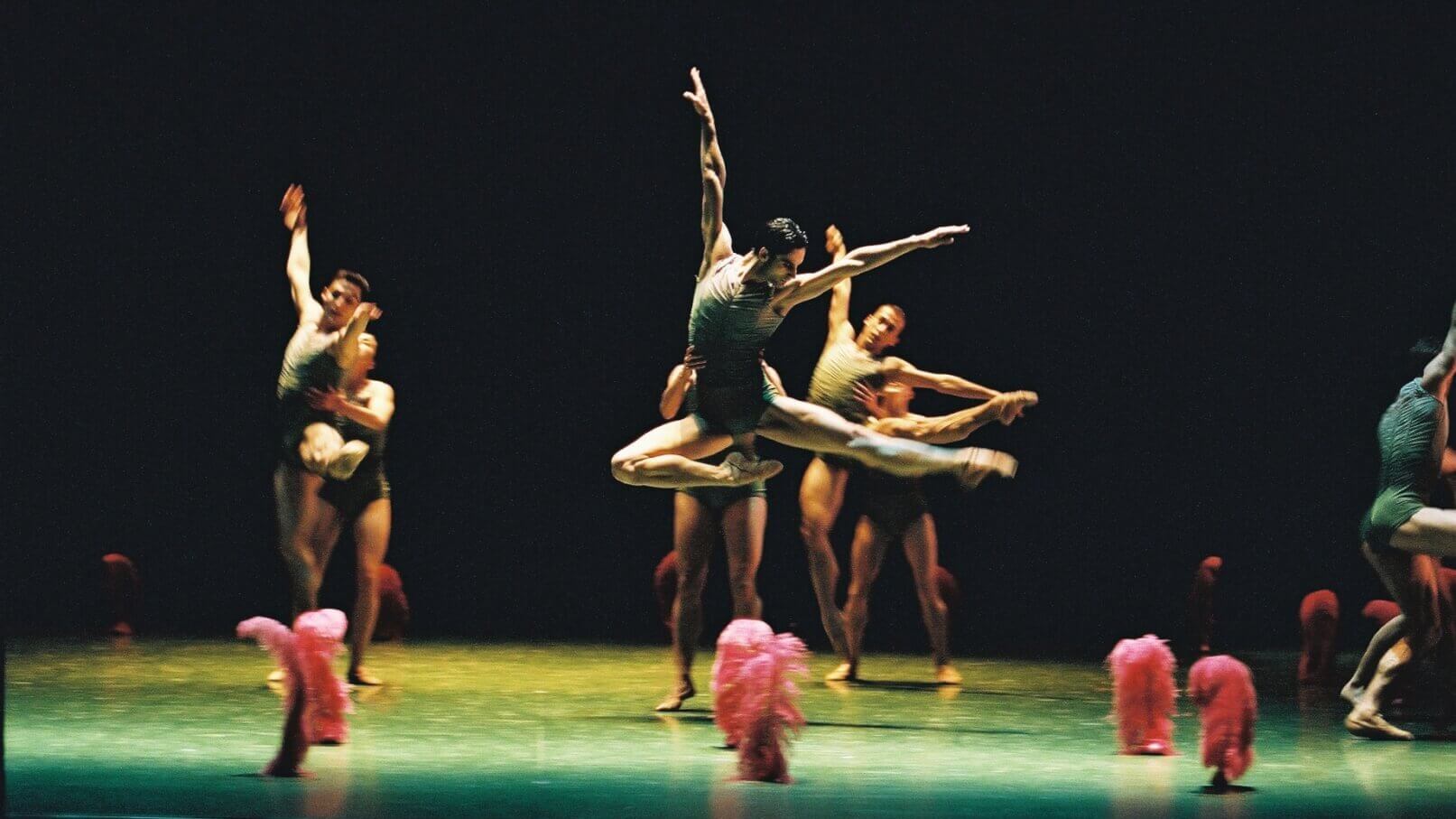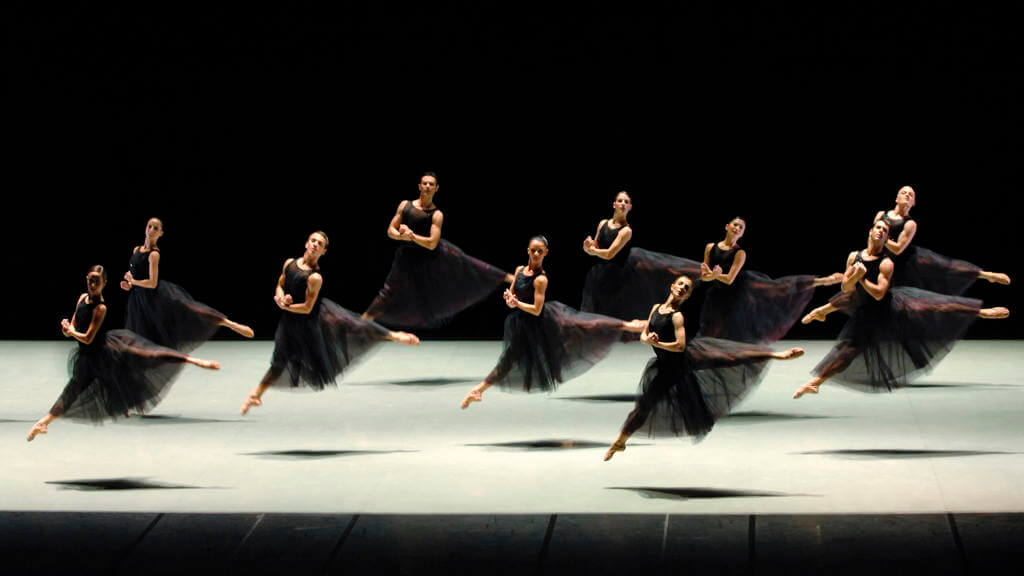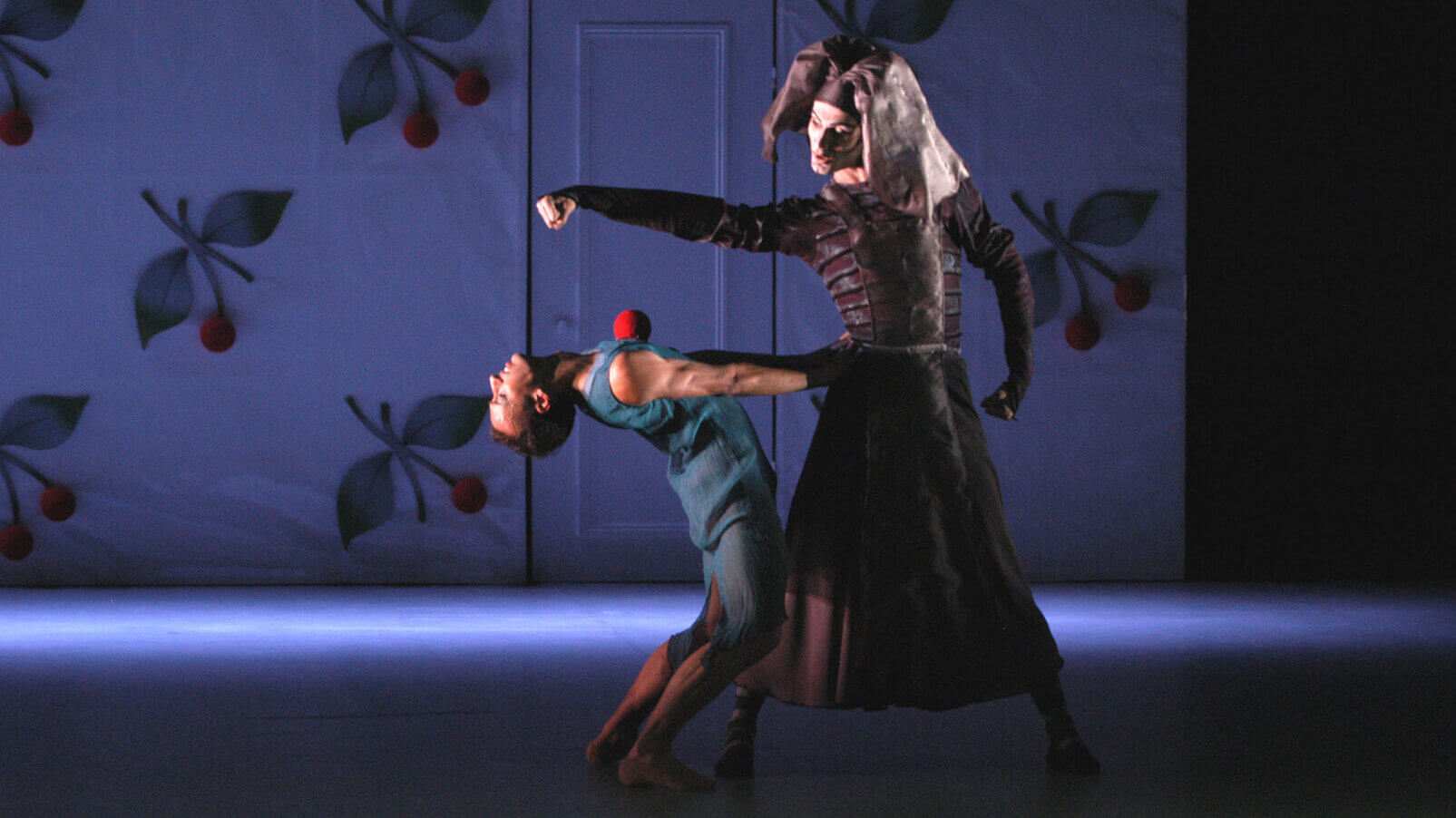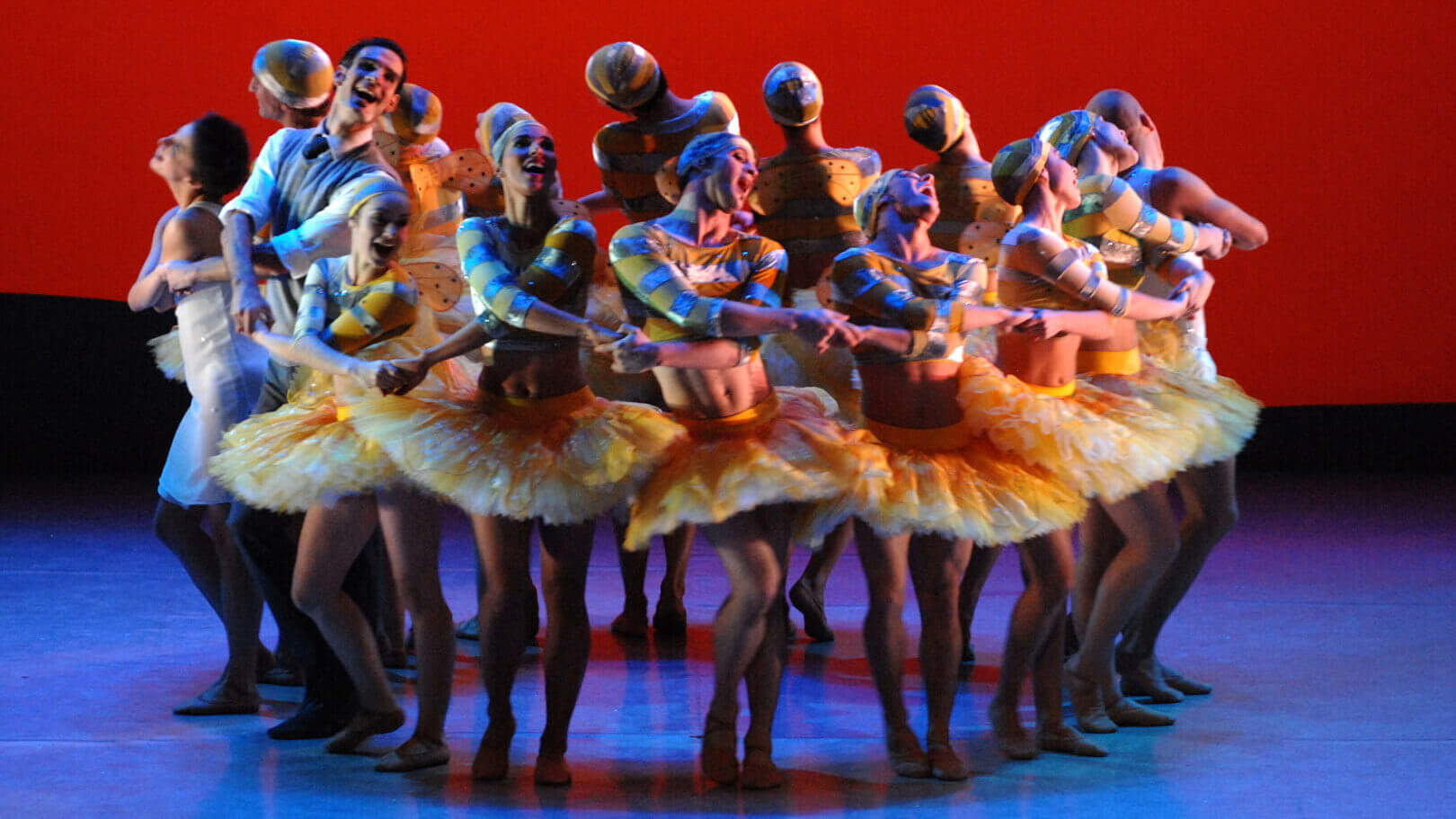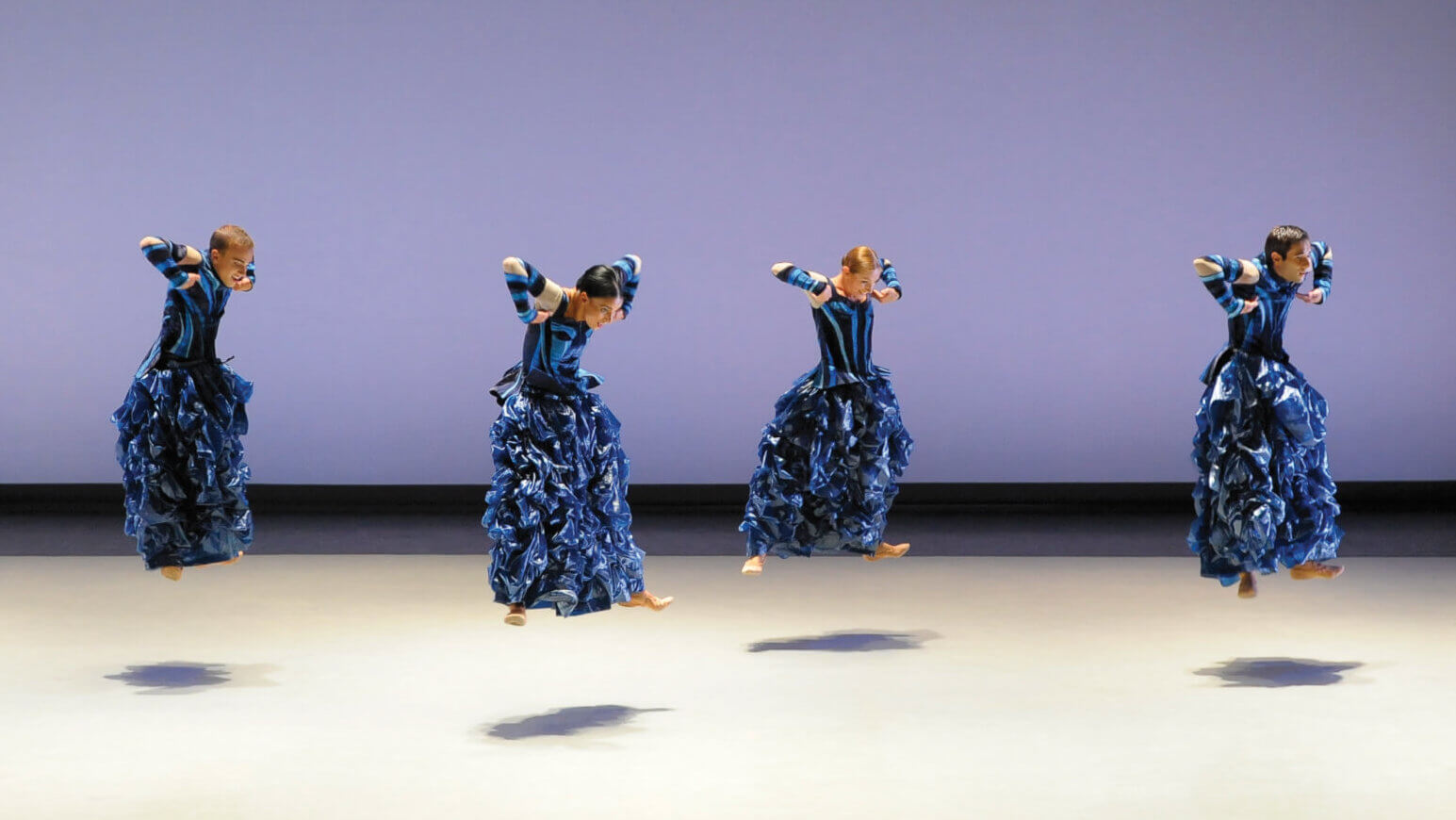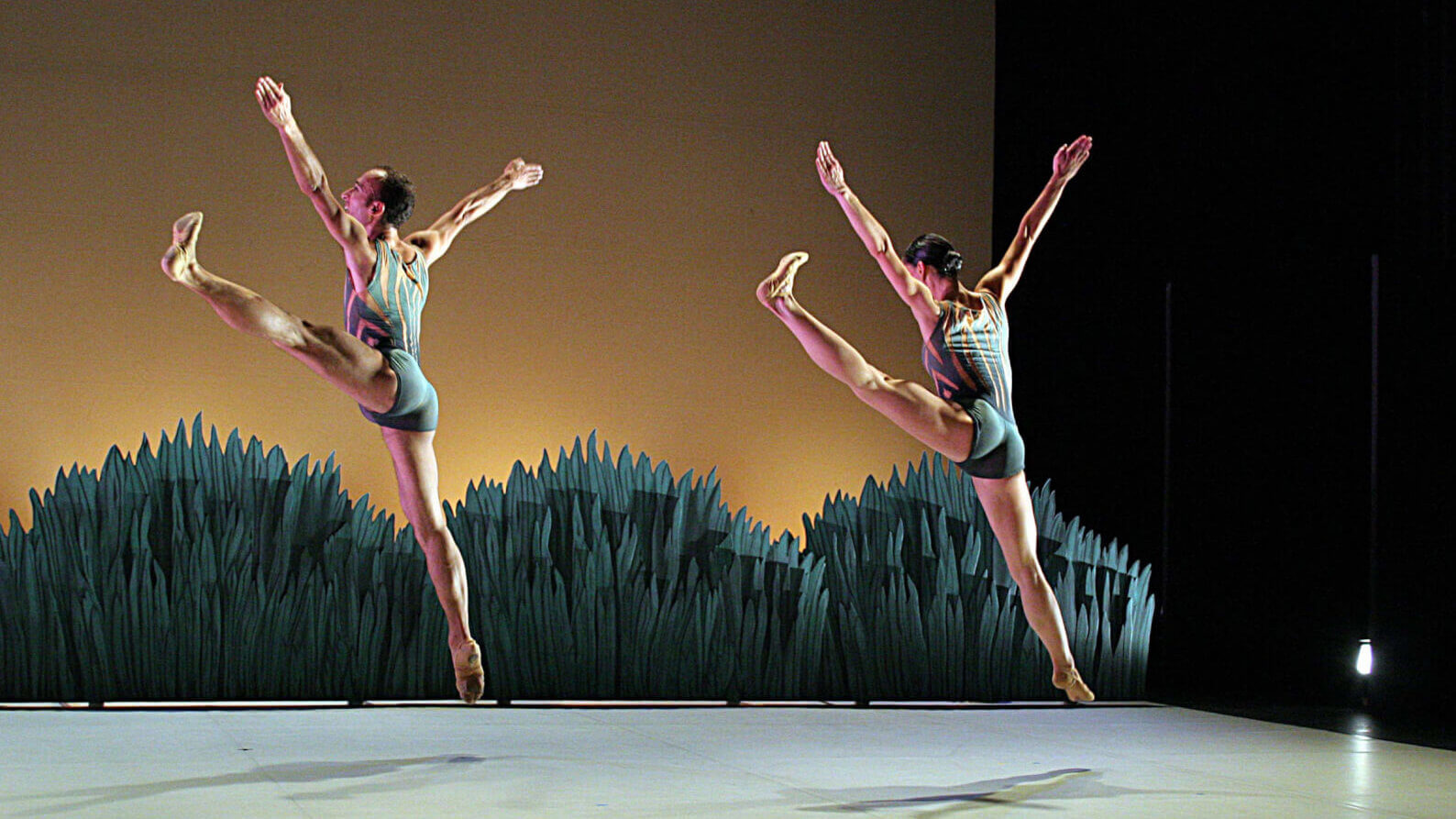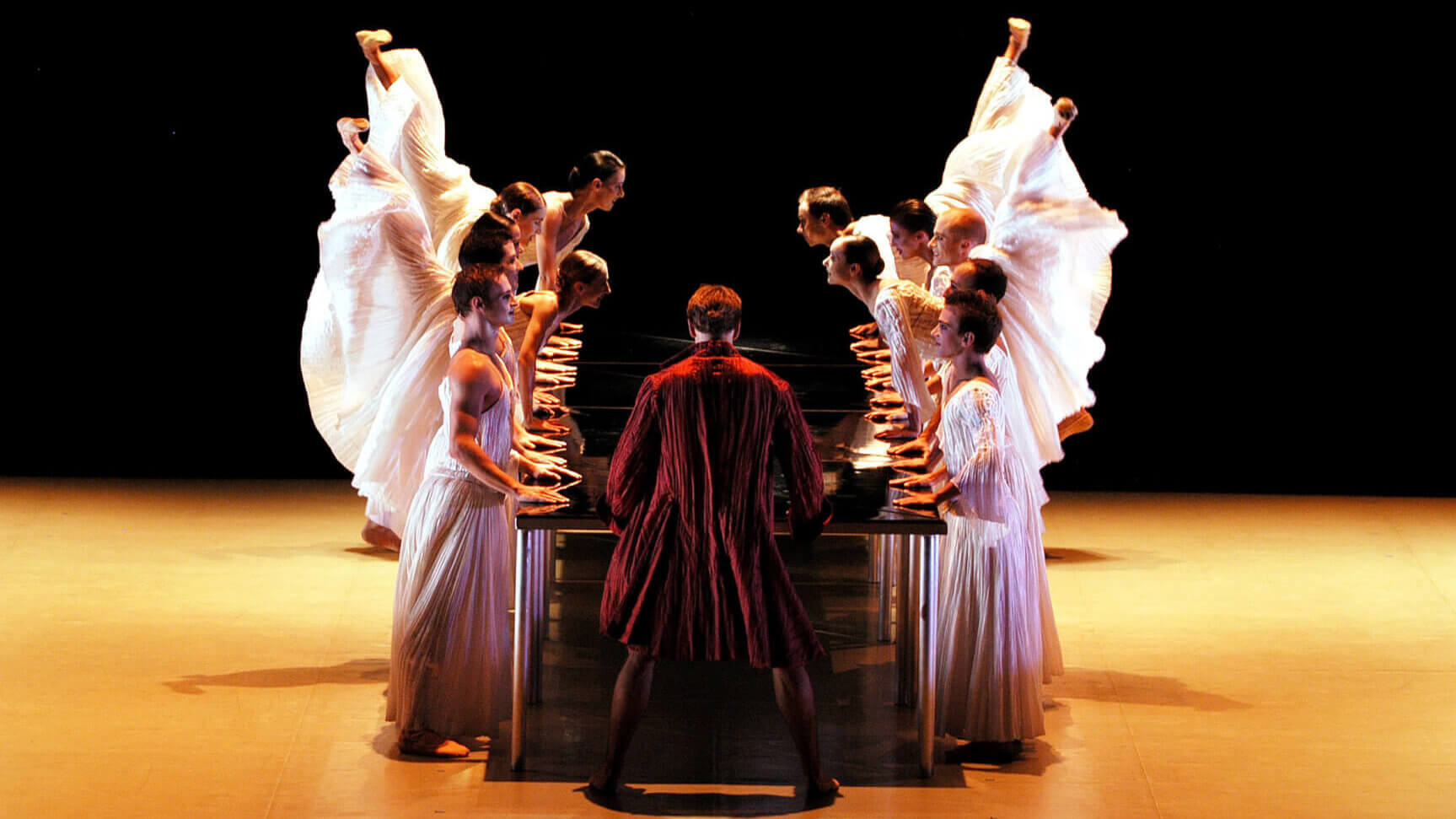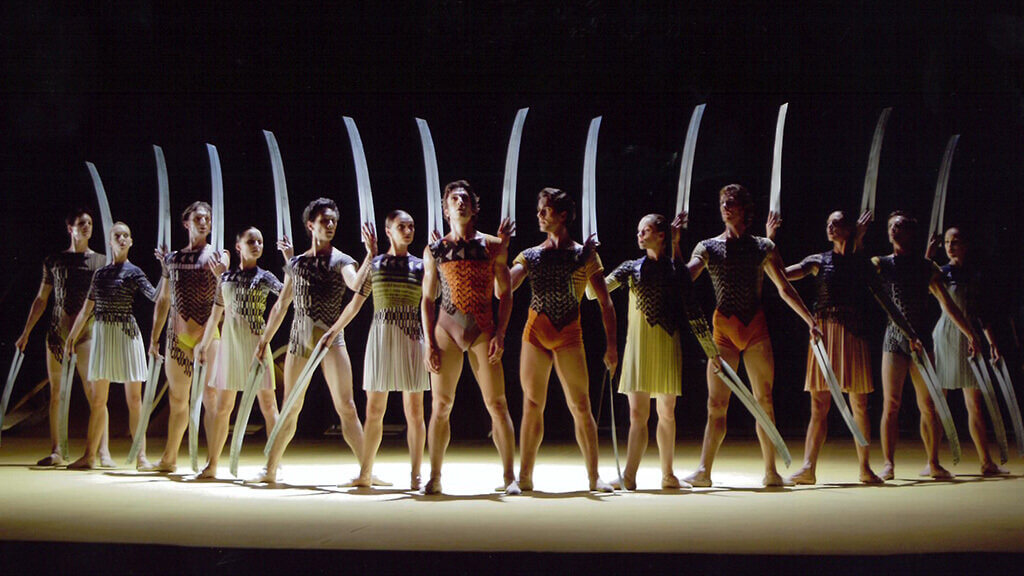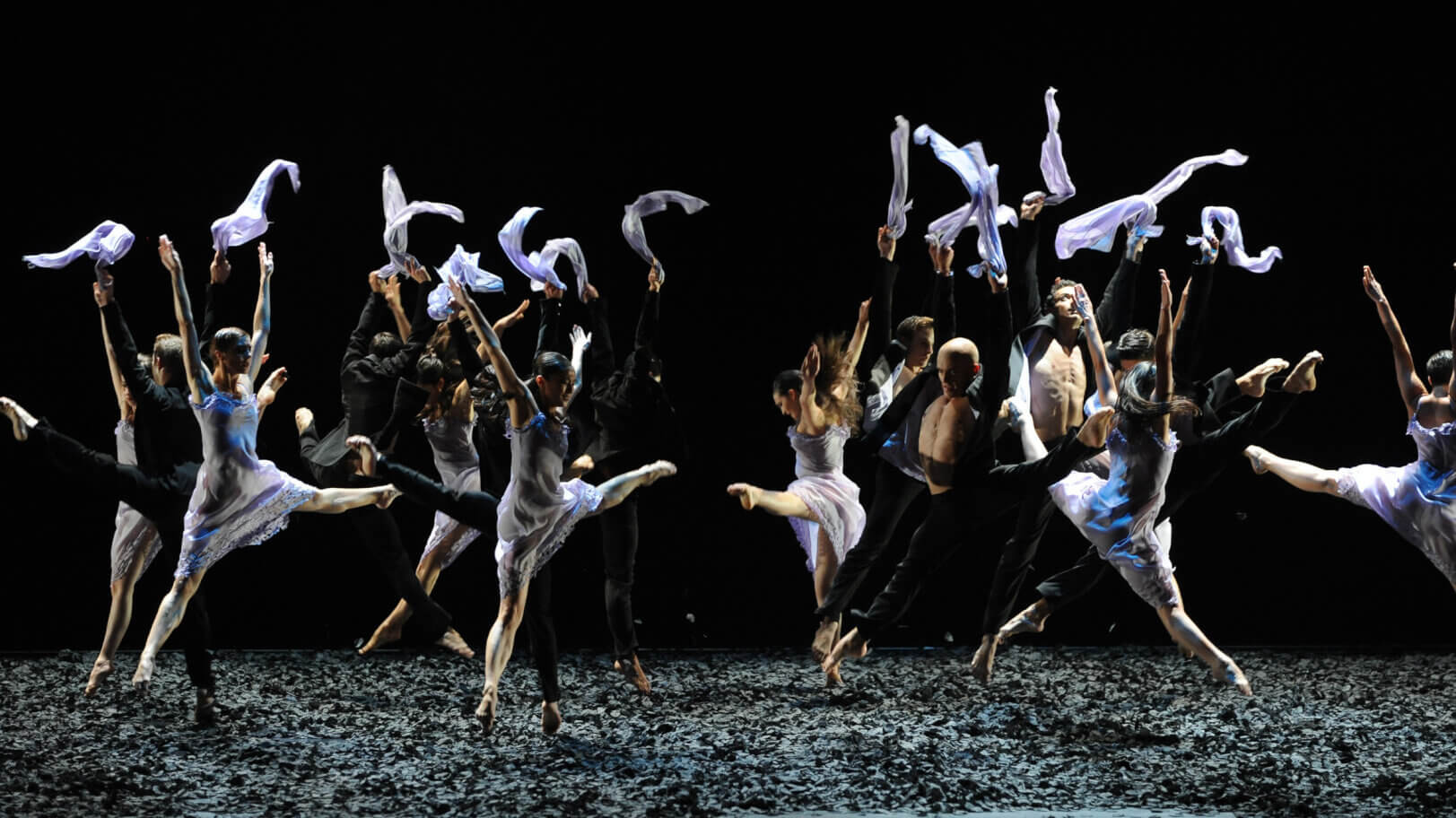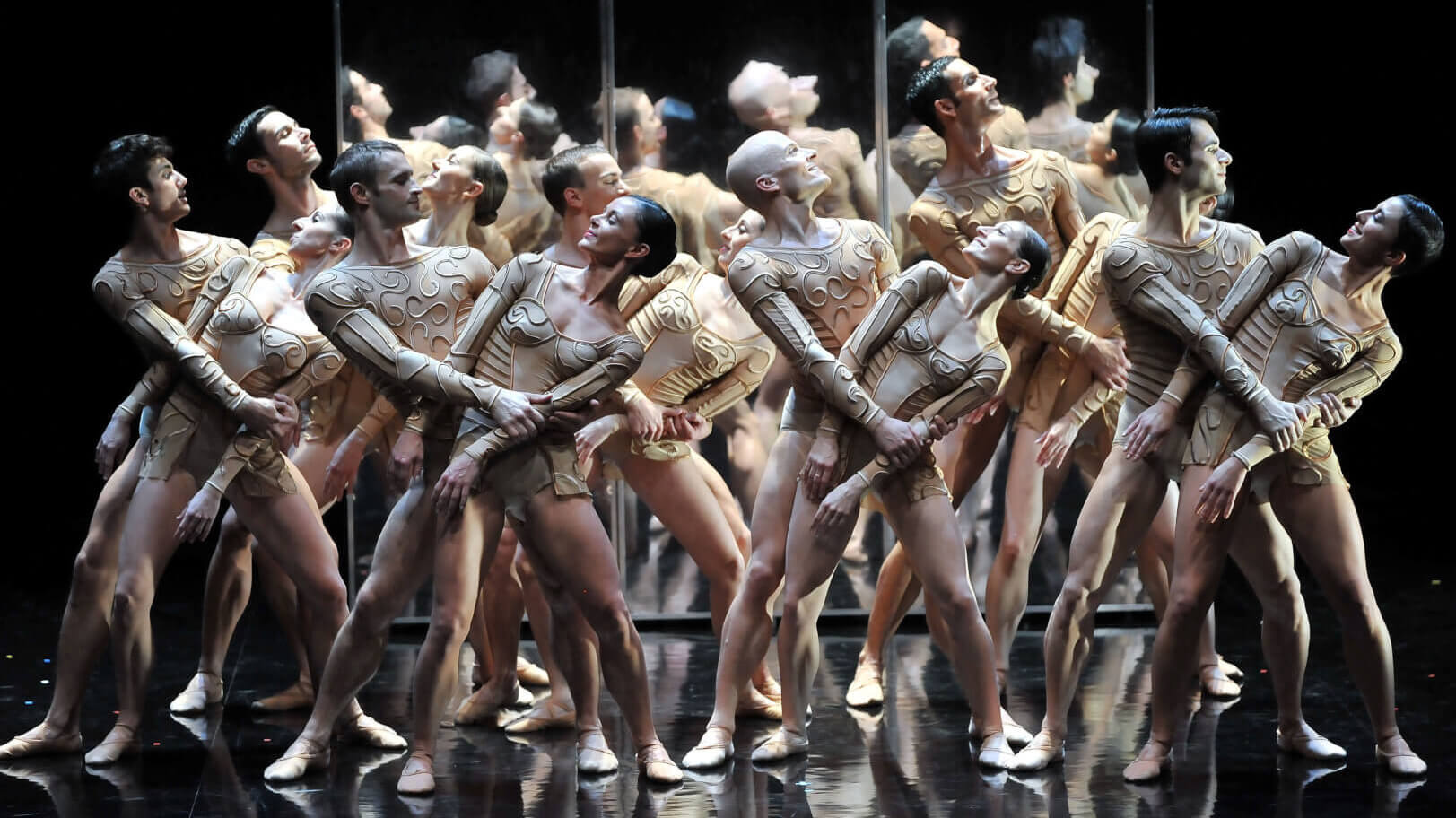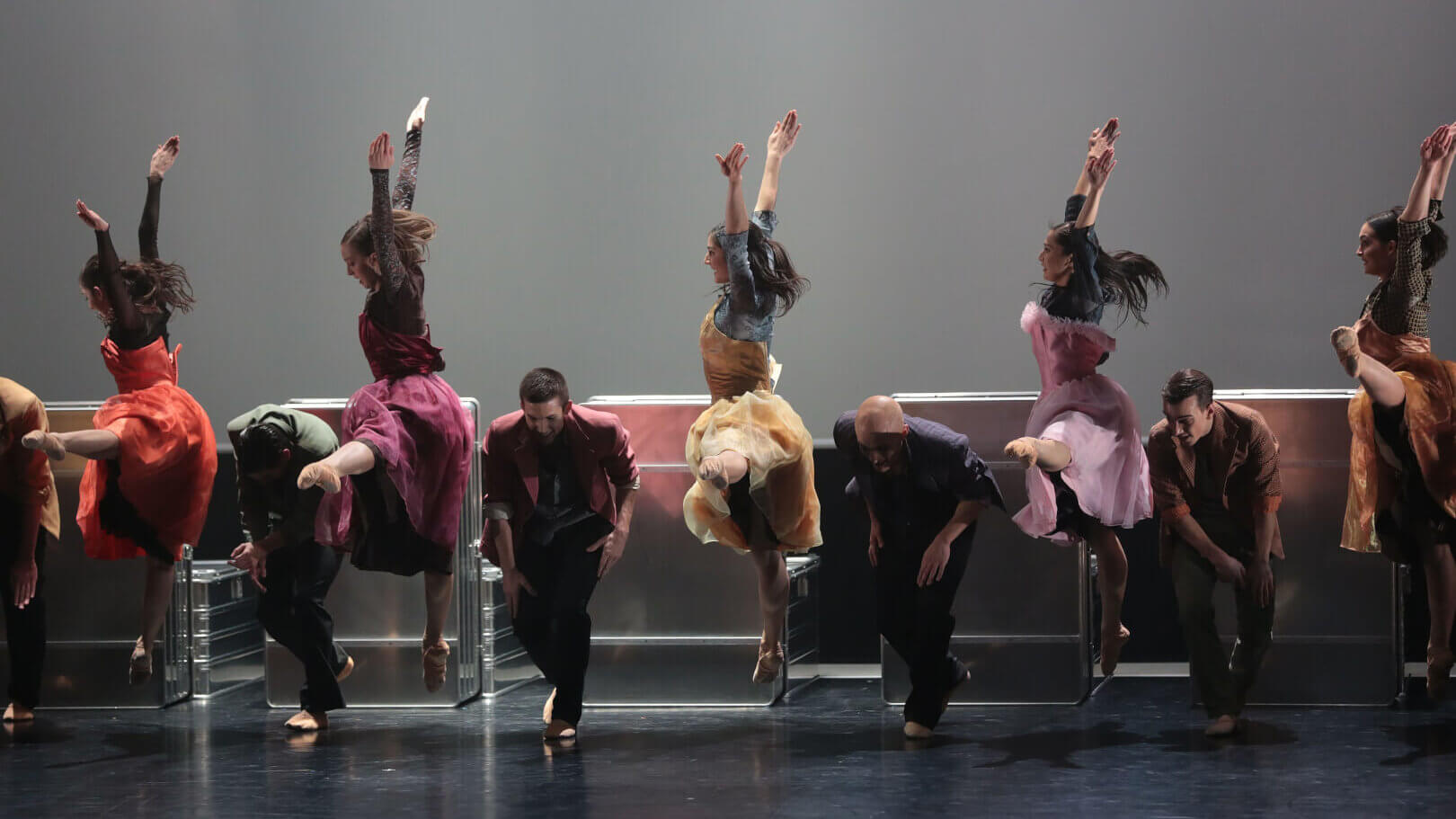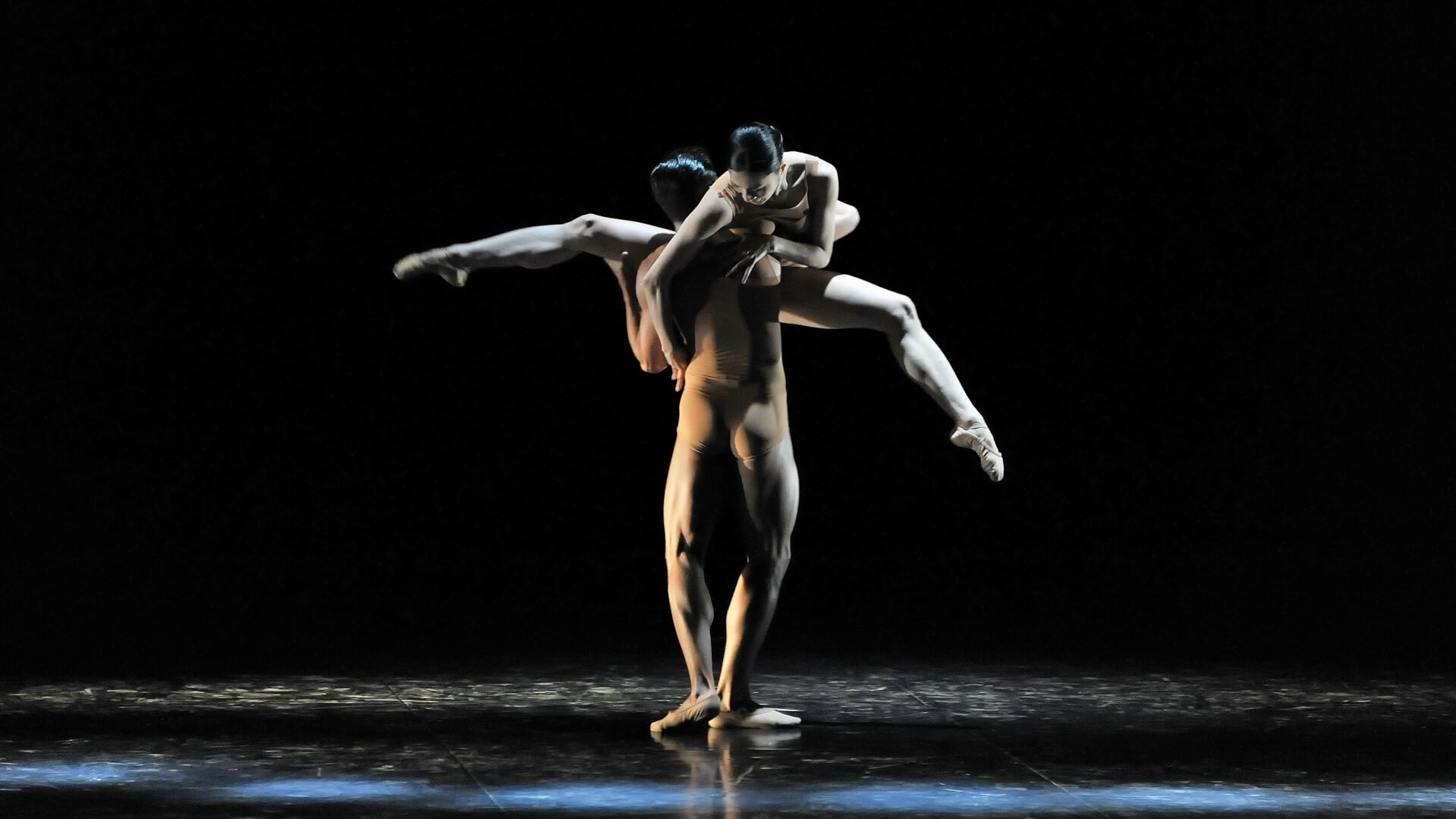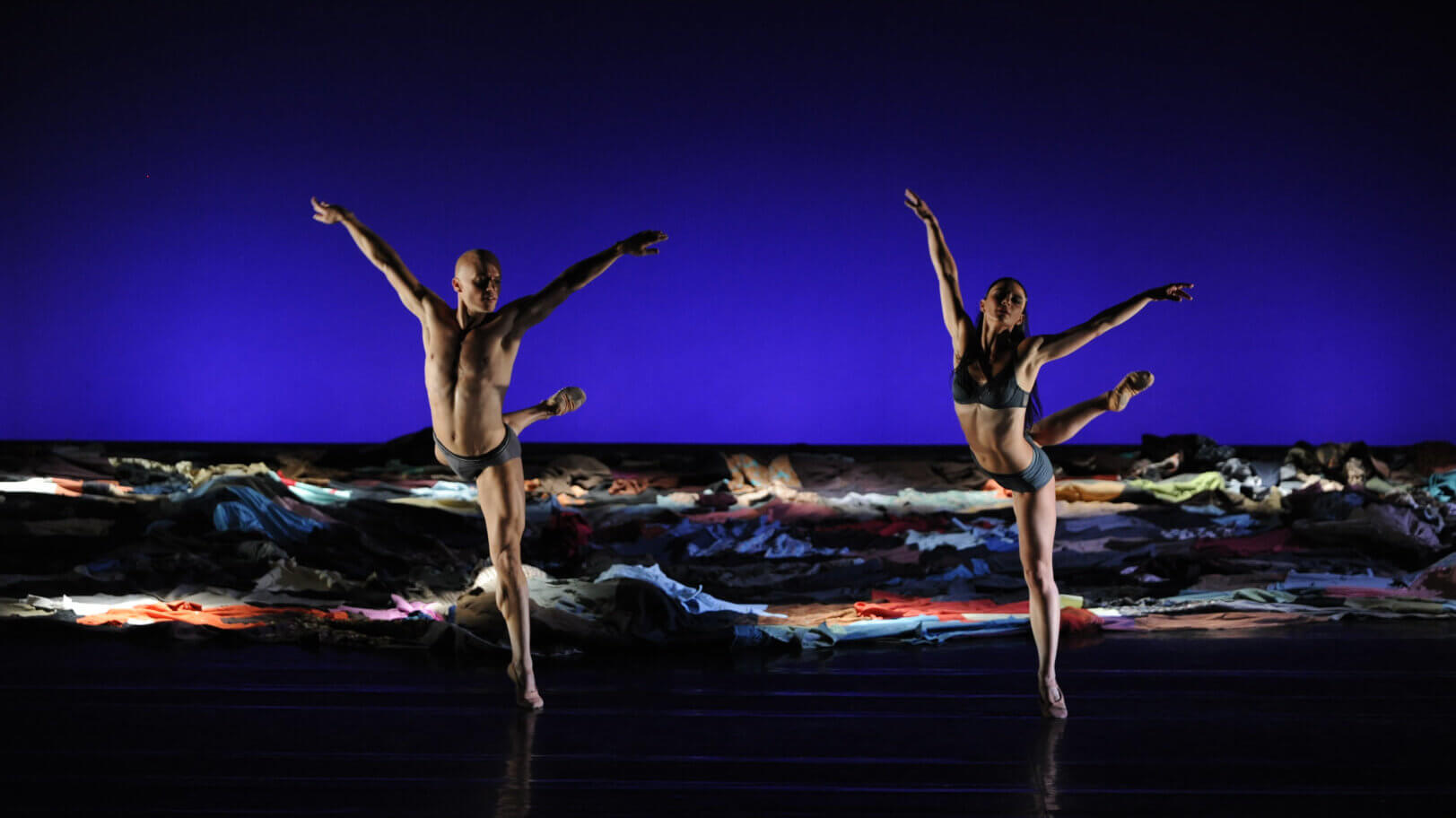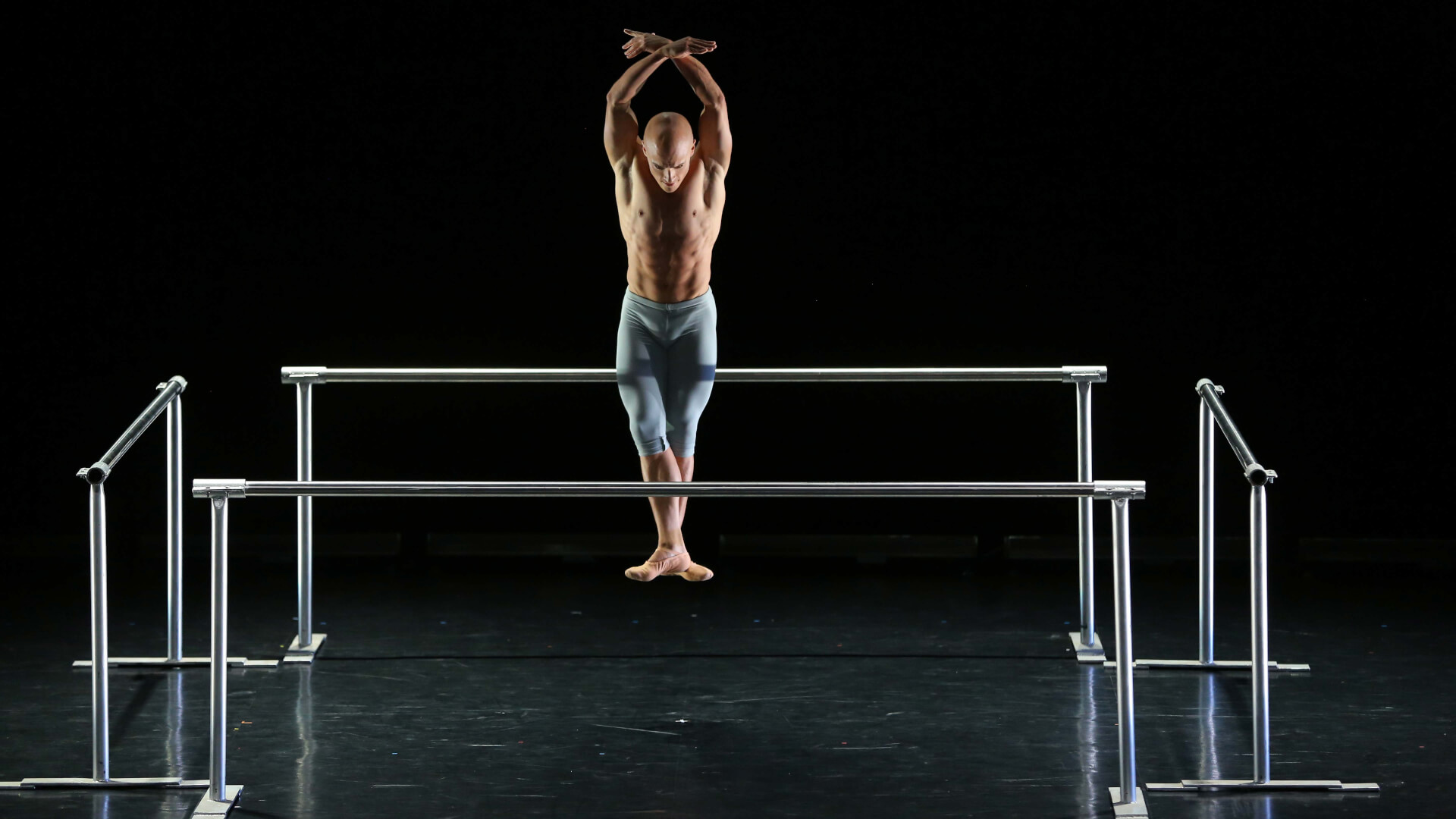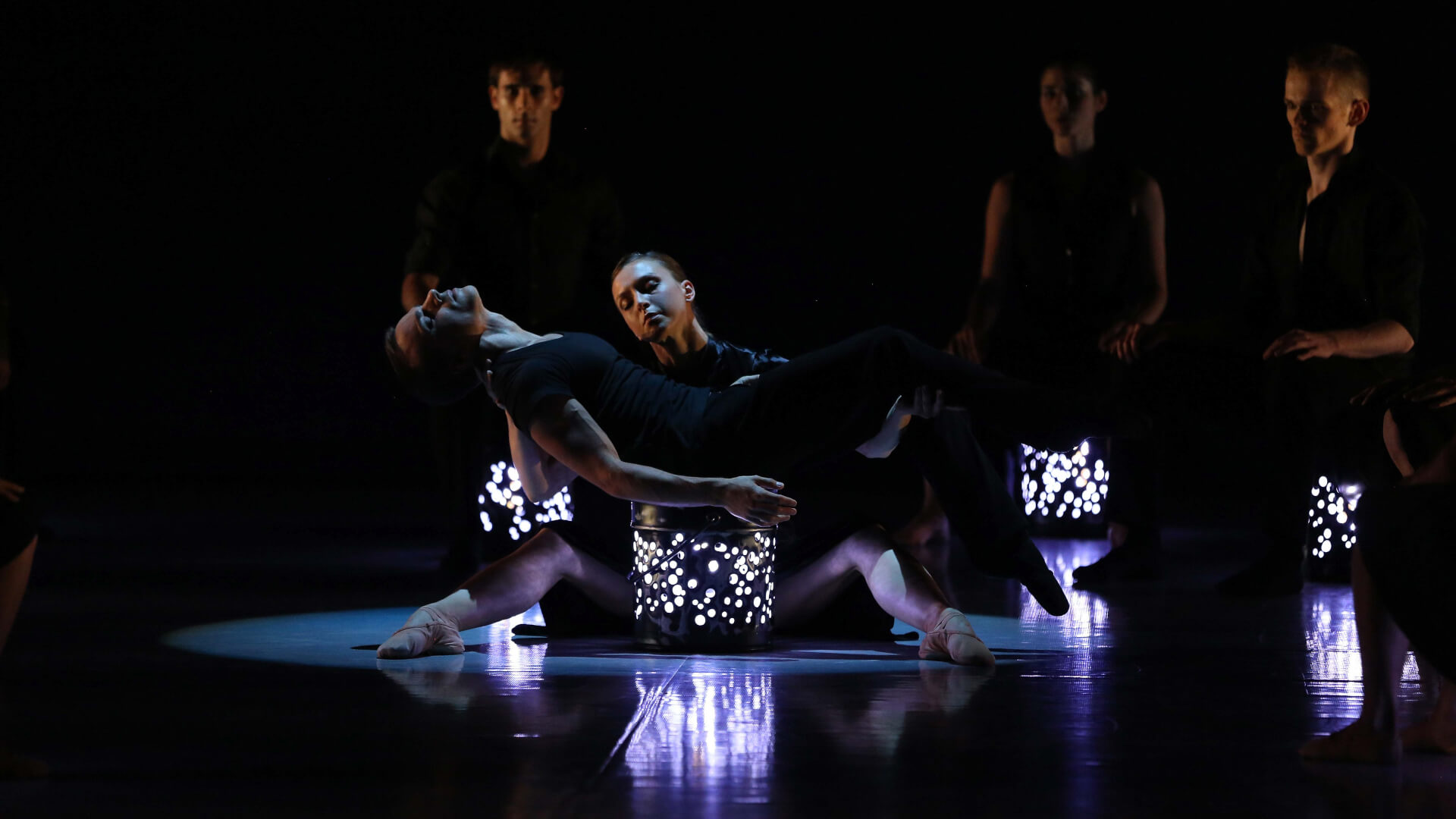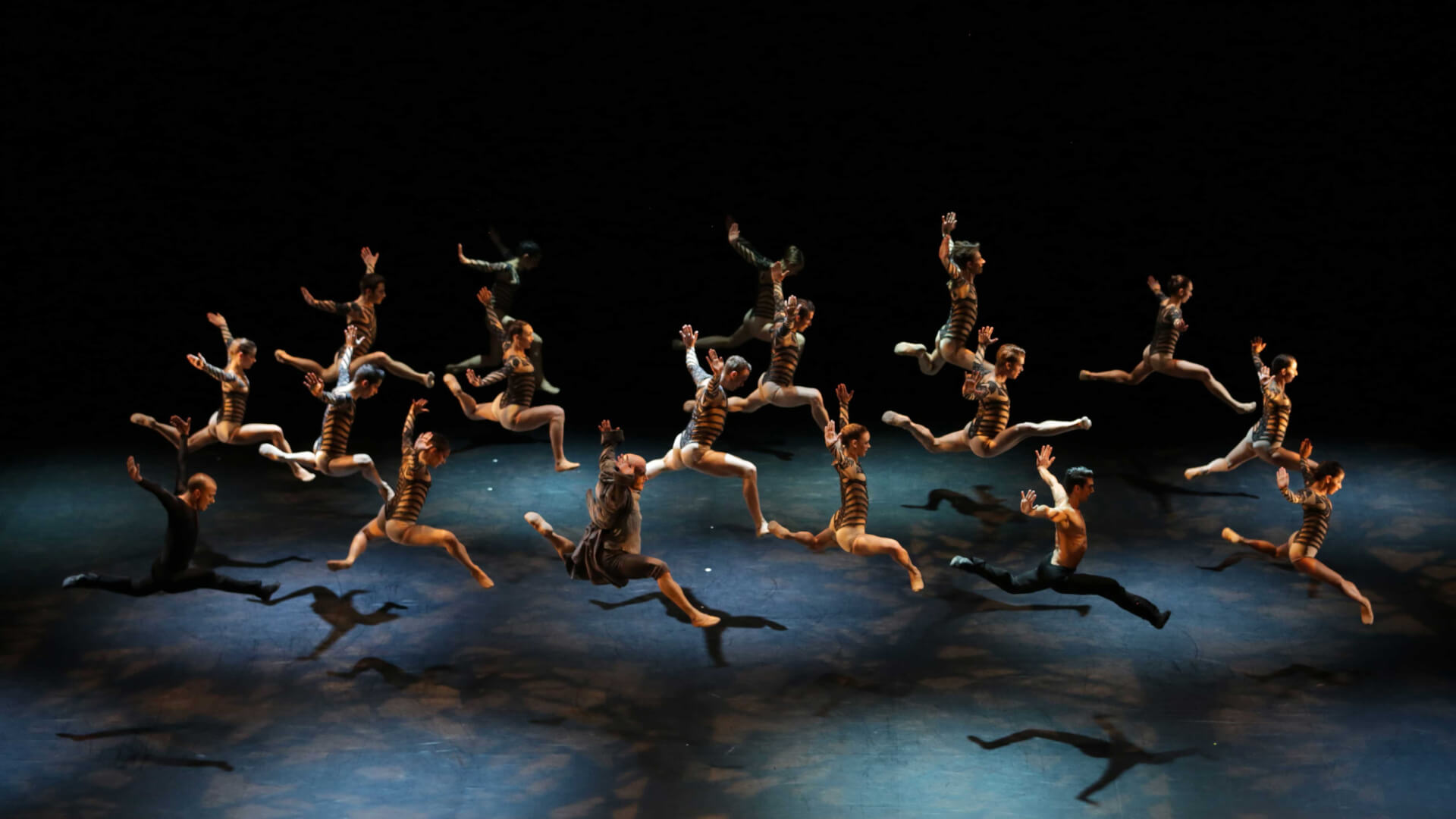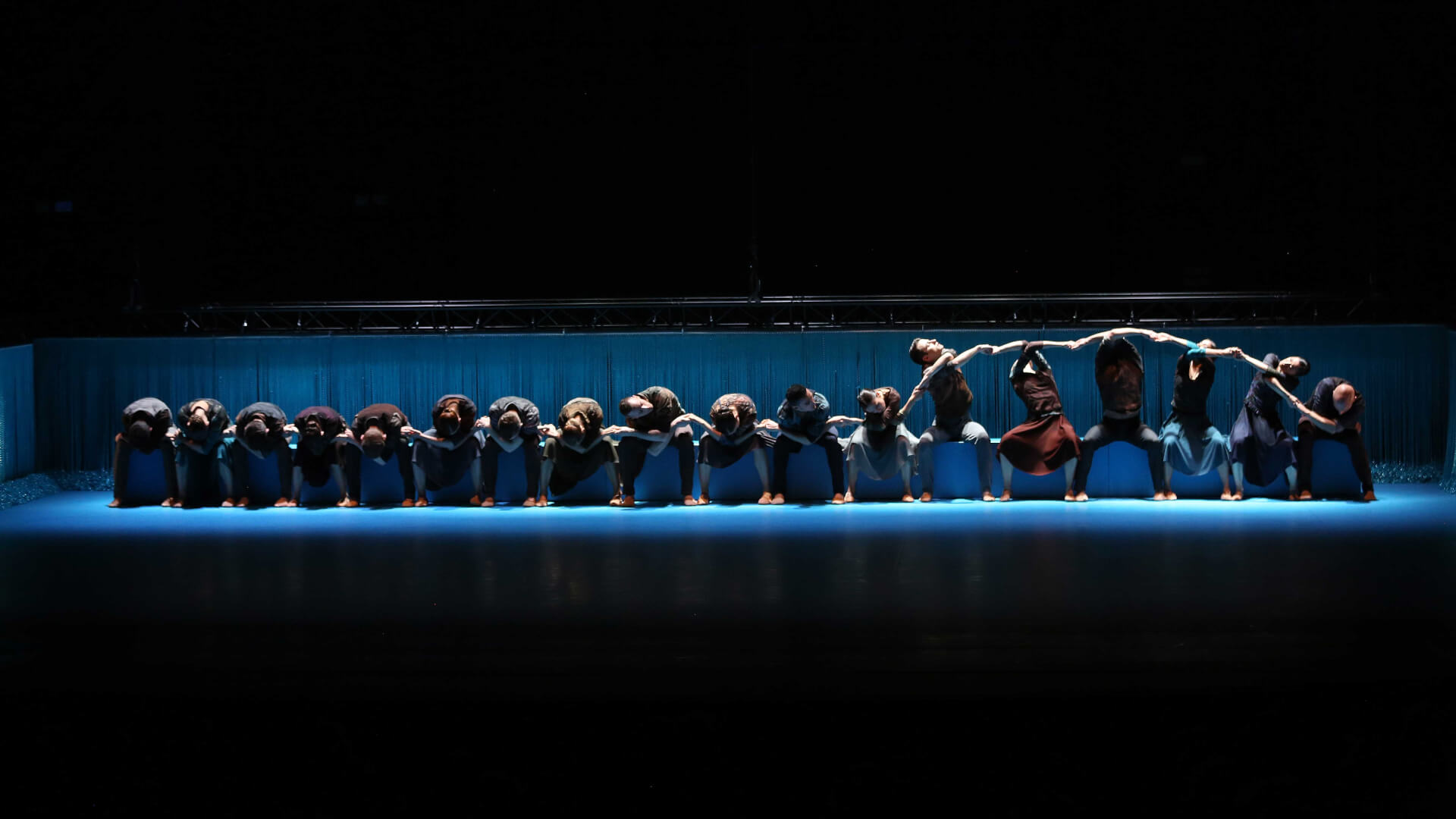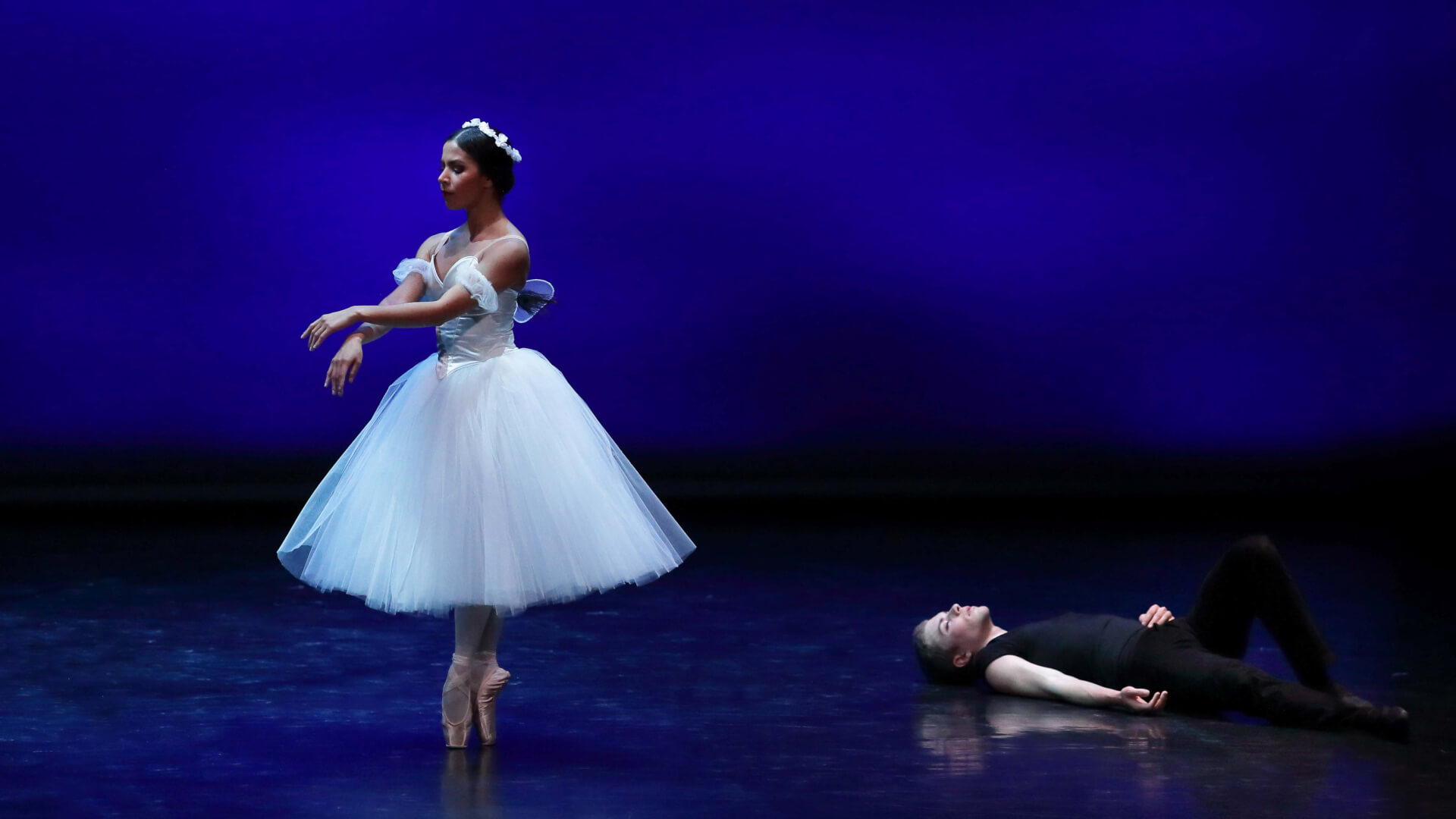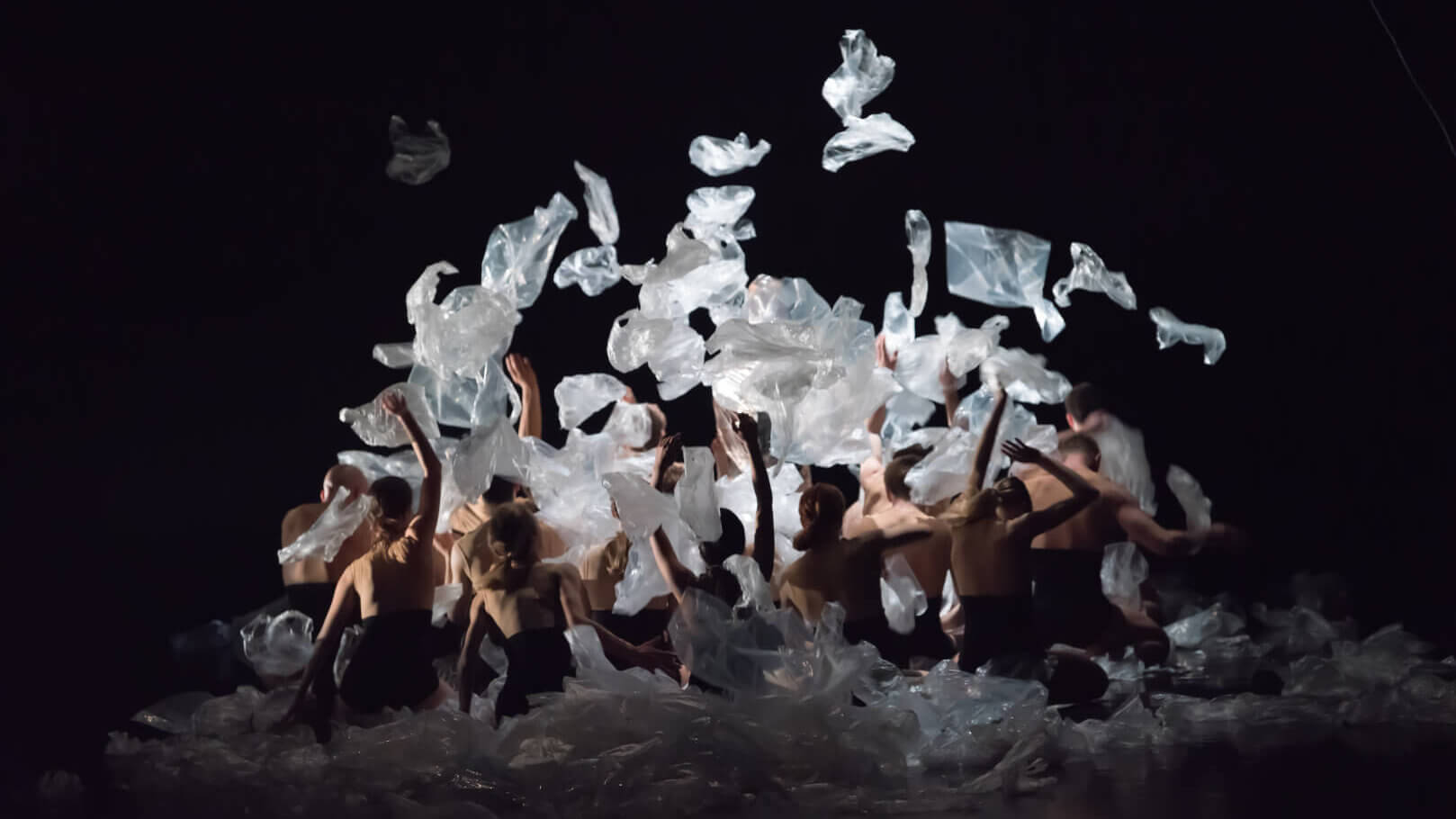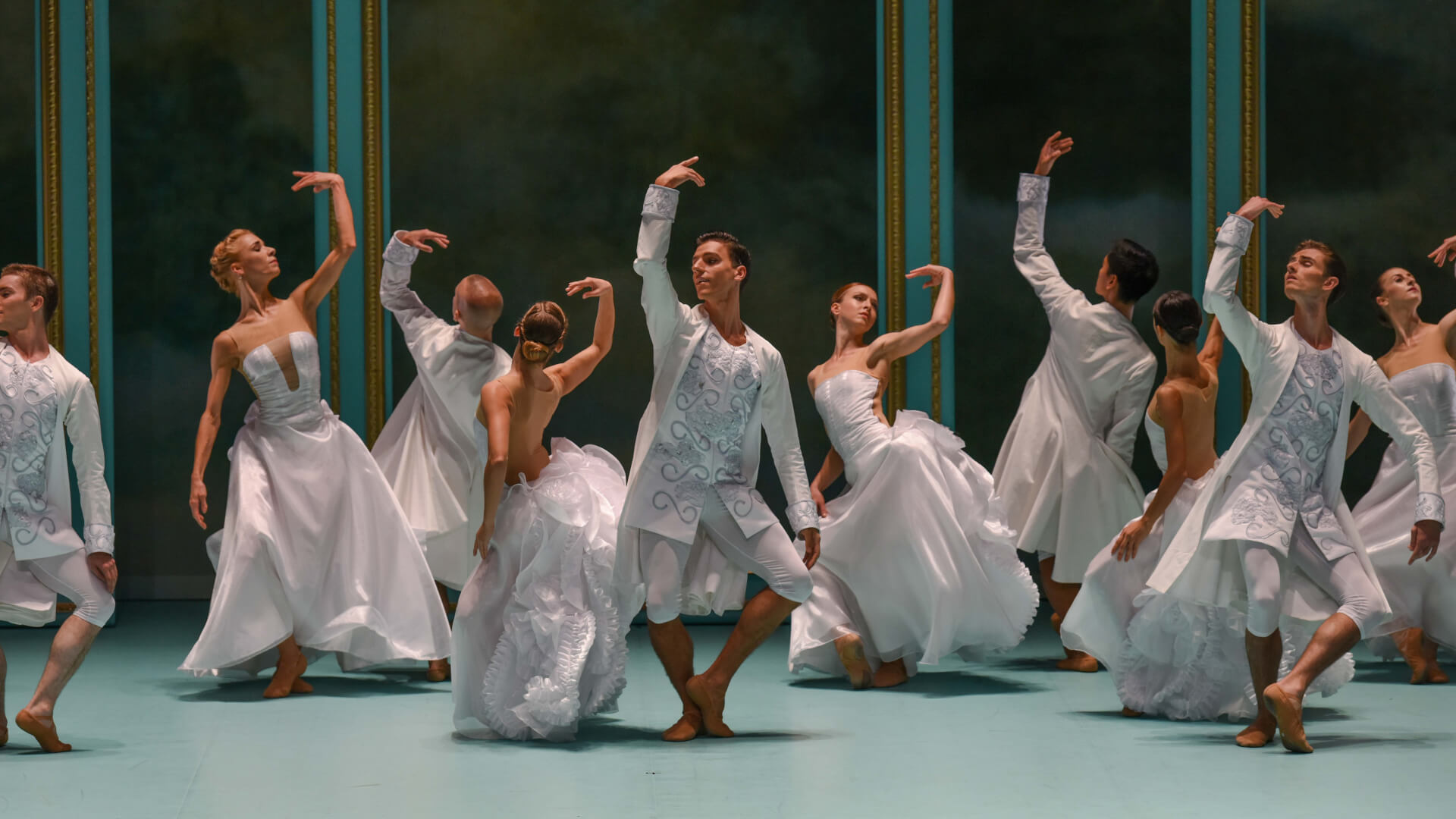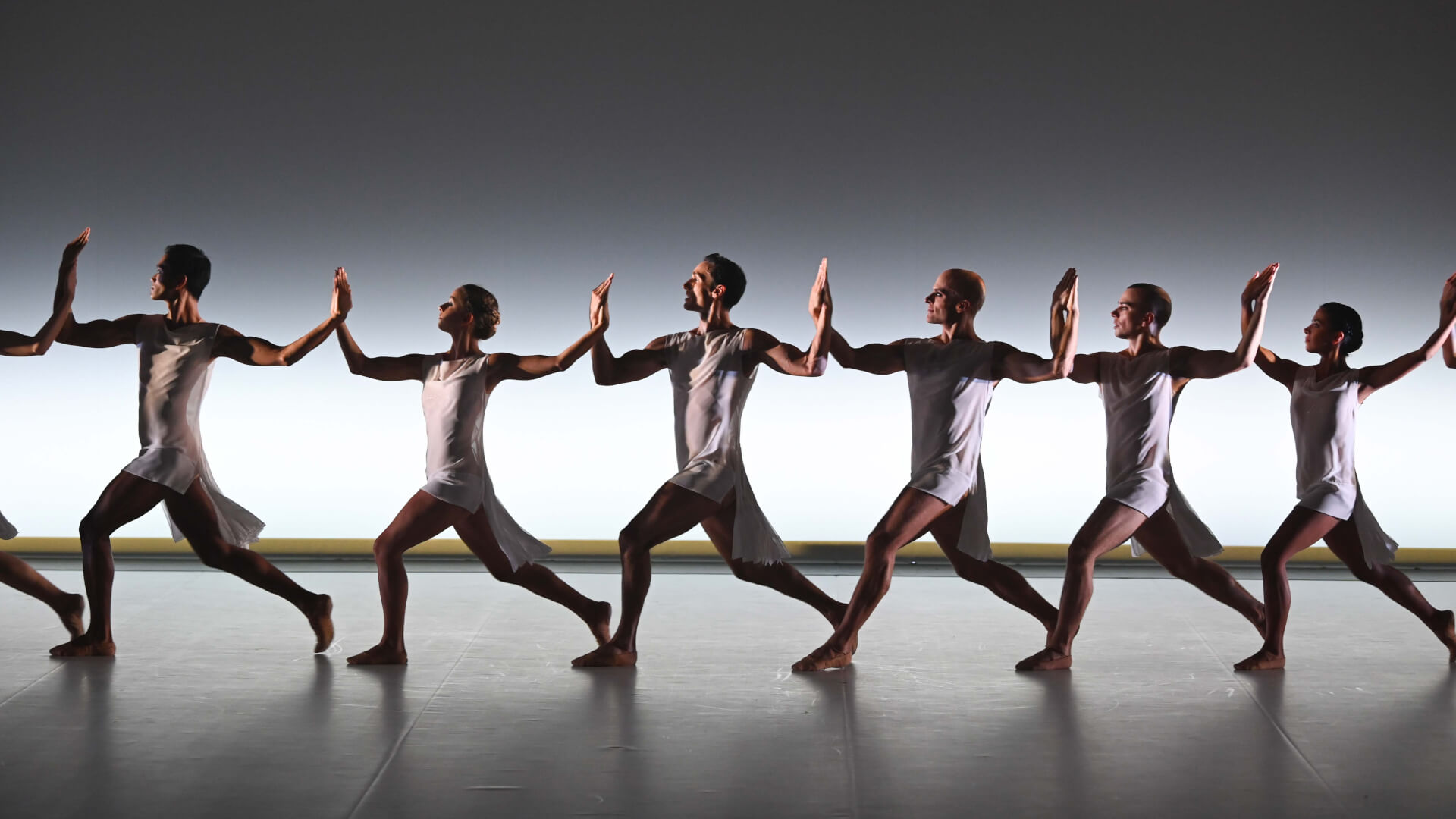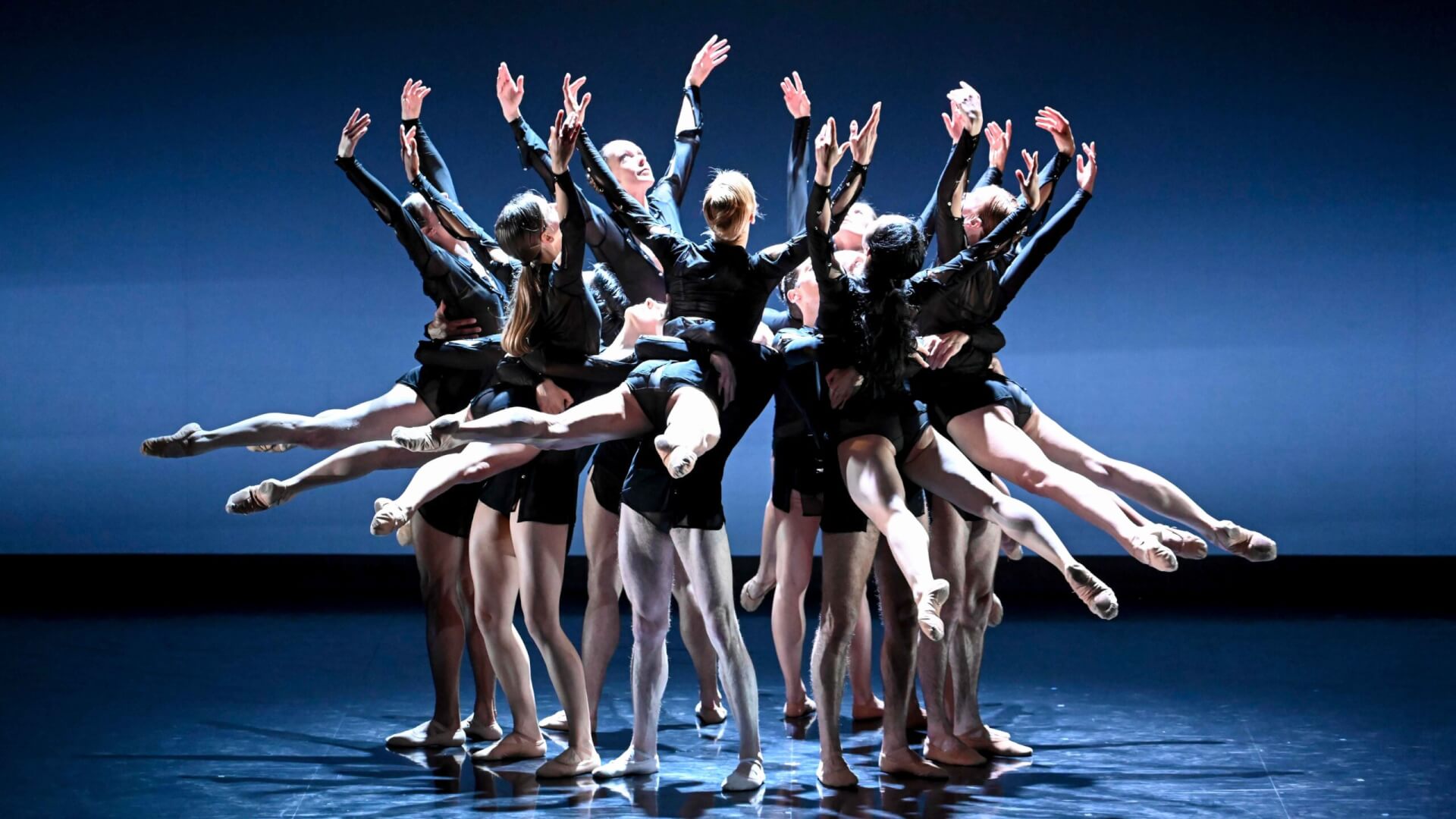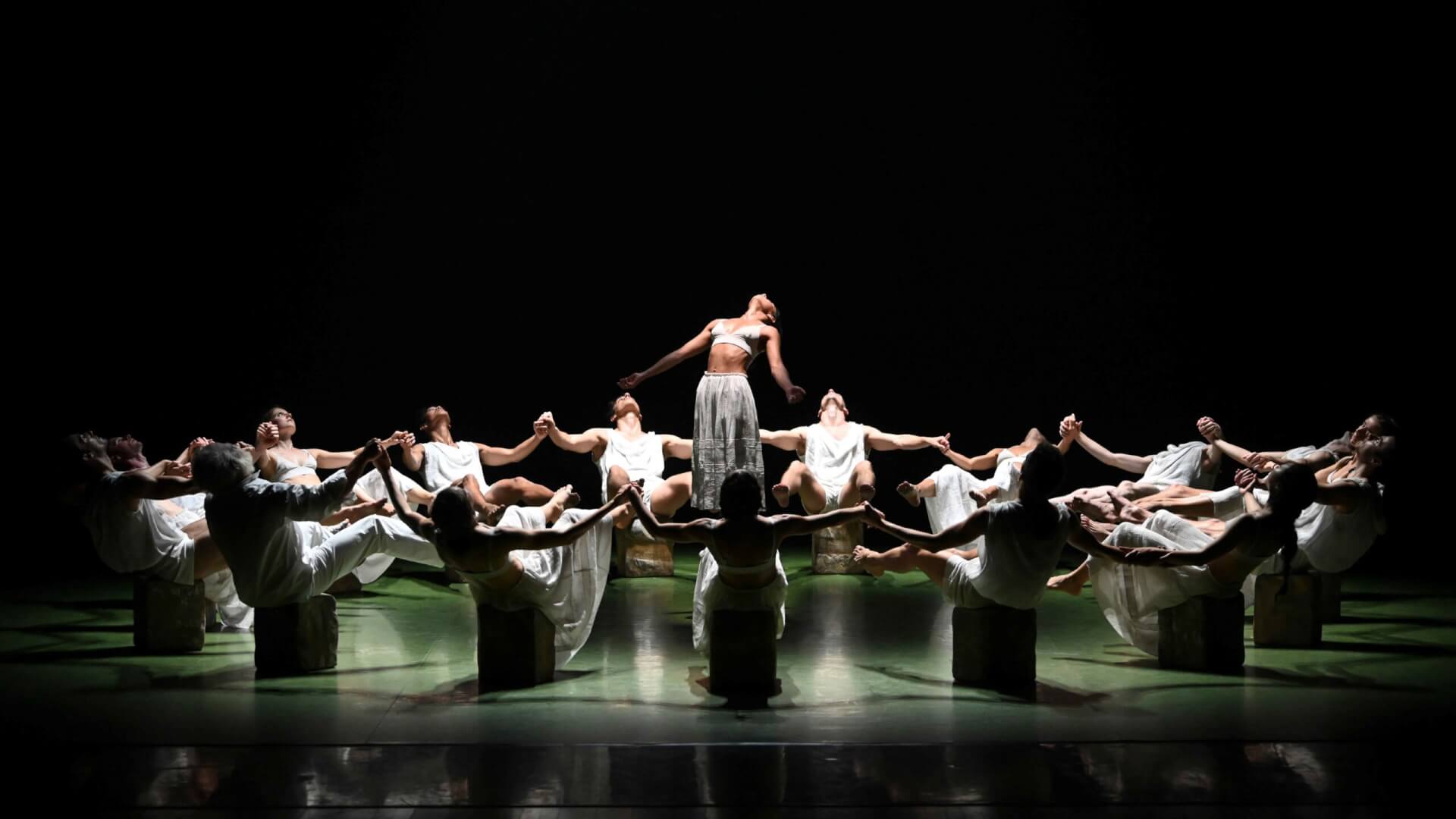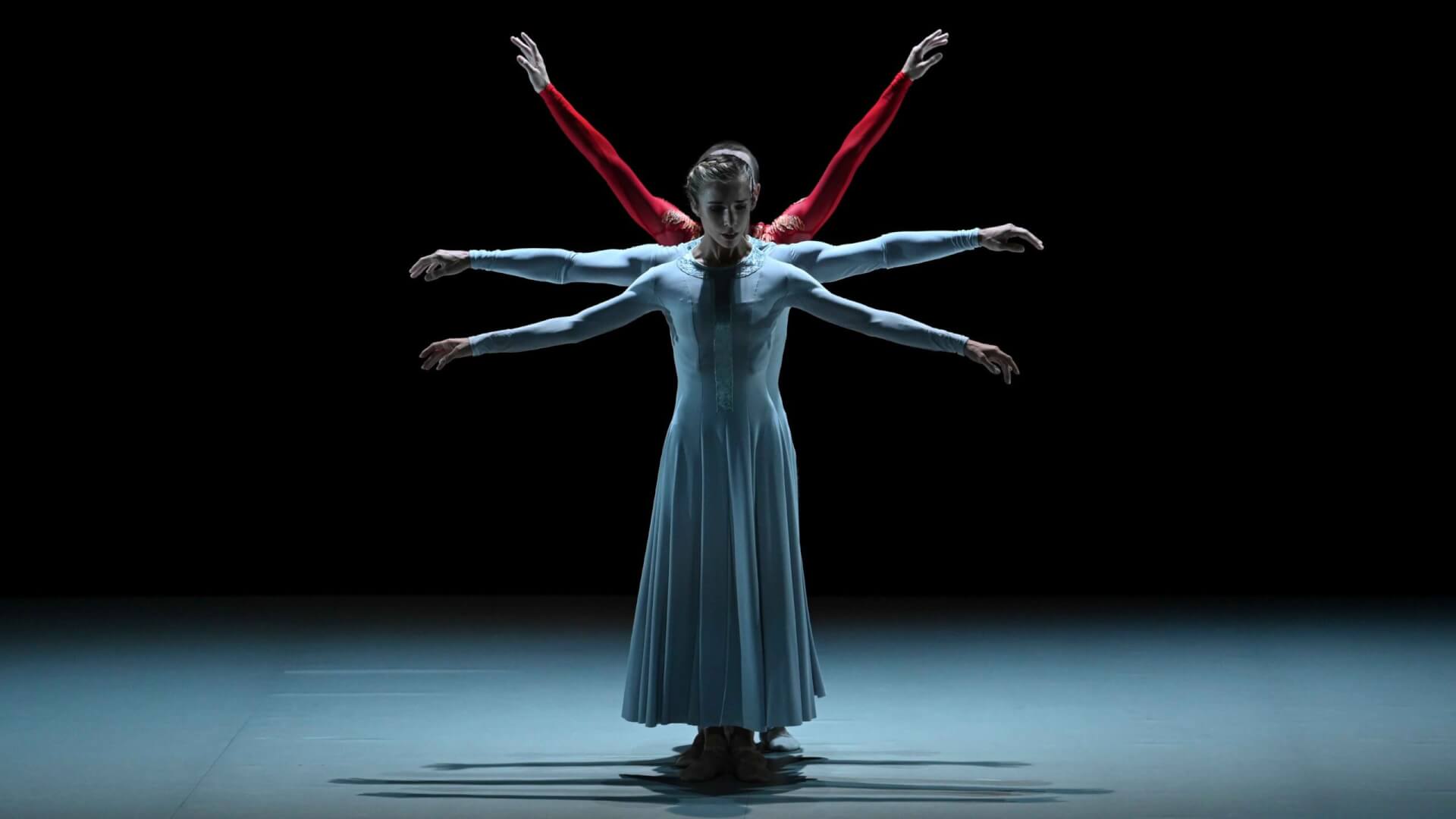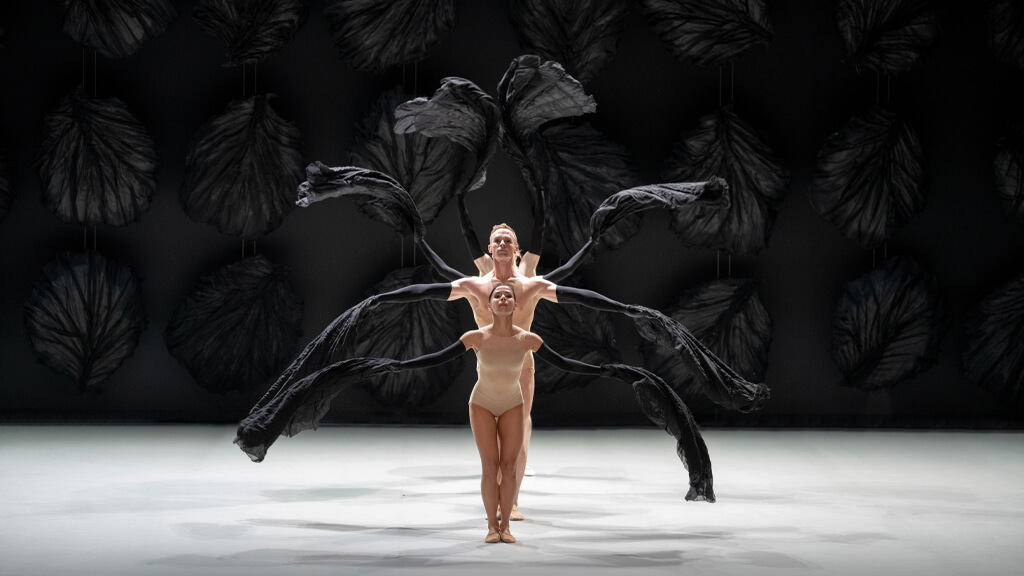Créé
-
le 17 juin 2002 au Festival de Kuopio (Finlande)
Musique
-
Camille Saint-Saëns
Chorégraphie
-
Thierry Malandain
Décor et costumes
-
Jorge Gallardo
Conception lumières
-
Jean-Claude Asquié
Ballet
-
pour 3 danseurs
Durée
-
15 minutes
Dossier de présentation
Note d'intention
Créé à Saint-Petersbourg, par Michel Fokine, pour la danseuse Anna Pavlova, La Mort du cygne entre dans la légende en 1907. Ecrit sur une page tirée du Carnaval des animaux de Camille Saint-Saëns, ce monologue où s’illustrèrent les plus grands artistes, rappelle avec une poésie extrême les derniers instants d’un cygne. Moment de danse pure, il évoque aussi la puissance et la grâce d’un oiseau chargé de maints symboles dont celui de la lumière. Celle de sa blancheur immaculée, celle du projecteur qui épouse l’ombre du cygne chez Fokine, ou tout simplement, celle du ciel d’où l’oiseau surgit. Le Ciel : la Tradition lui attribue la valeur du chiffre trois, c’est pourquoi j’ai multiplié par trois l’interprétation de ce chant céleste. Trois cygnes, trois femmes venues du ciel, vont sur la terre rendre leur dernier souffle avant de s’incarner dans un nouvel envol.
Thierry Malandain
Presse
L’un des bijoux dans l’art de Malandain, et un favori évident aux Baux de Provence, a été La Mort du cygne pour trois danseuses, chacune interprétant à sa façon le célèbre chant funèbre de Saint-Saëns. Délicieusement vives ou onctueuses, audacieuses ou réservées et parfois même carrément lascives, ces filles parcourent brillamment toute la gamme des nombreuses humeurs de la femme. Absolument irrésistible.Dance Europe, François Fargue • juin 200
Le chorégraphe Michel Fokine créa La Mort du cygne en 1907, pour sa première interprète Anna Pavlova. Malandain en tire sa Mort du cygne qu’il fait danser par trois solistes. Cette répétition de l’émouvante mélodie pour violoncelle de Camille François Fargue, juin 2007Saint-Saëns sur la danse de la mort est interprétée de trois différentes manières par les danseuses, mais toujours avec la puissance requise pour convaincre – la parodie se cachant derrière le sens.Schweinfurter Volkszeitung, Manfred Herker • mars 2008




